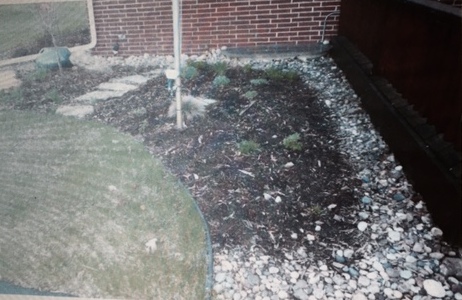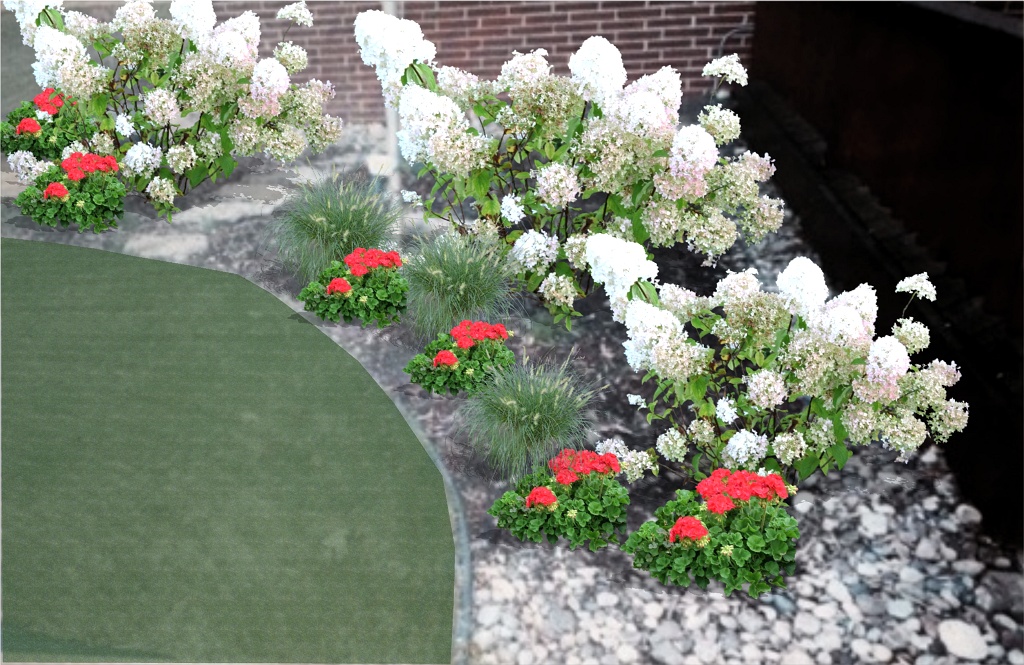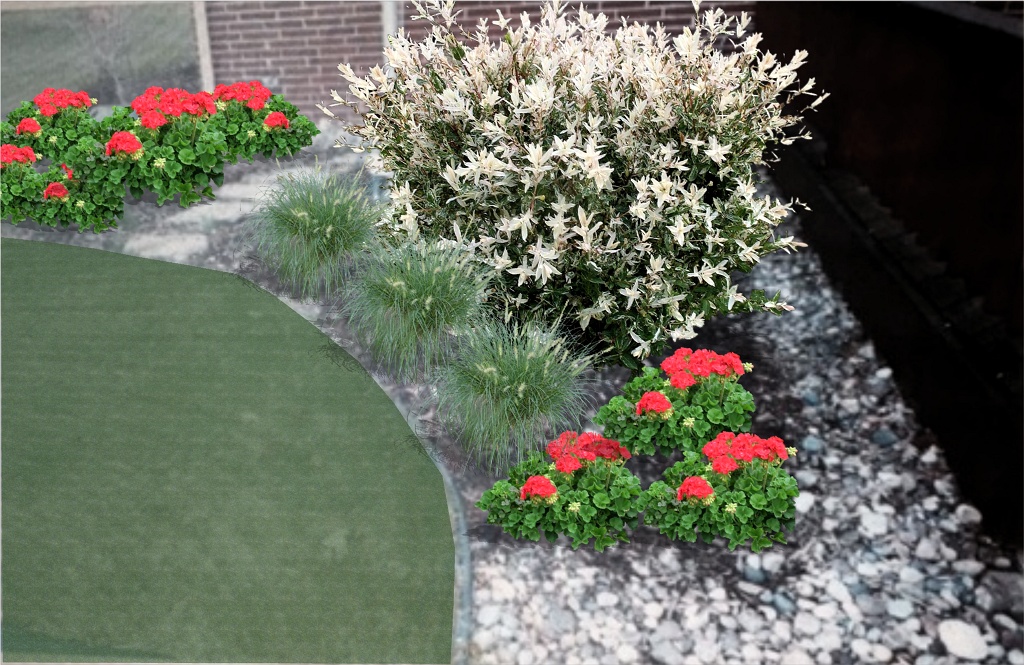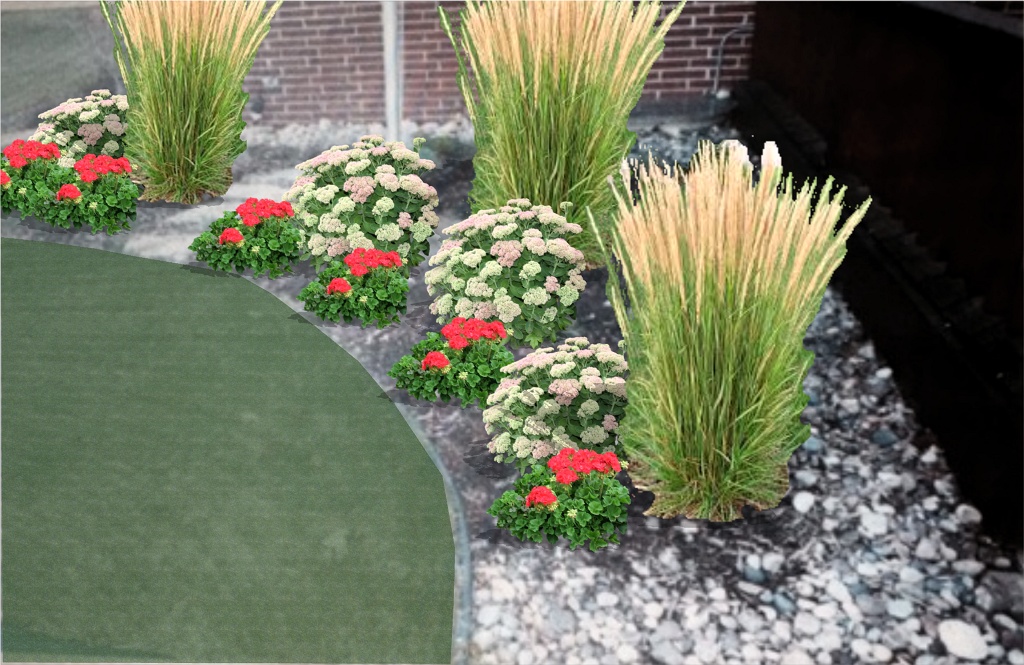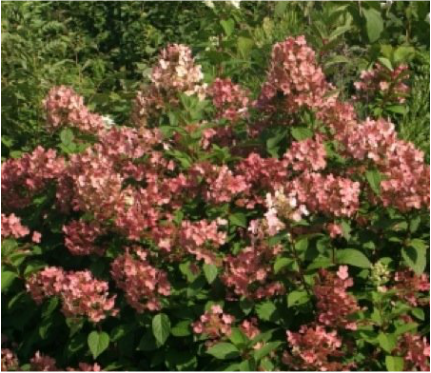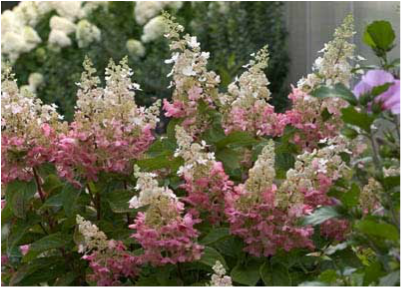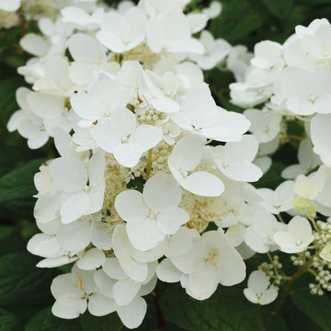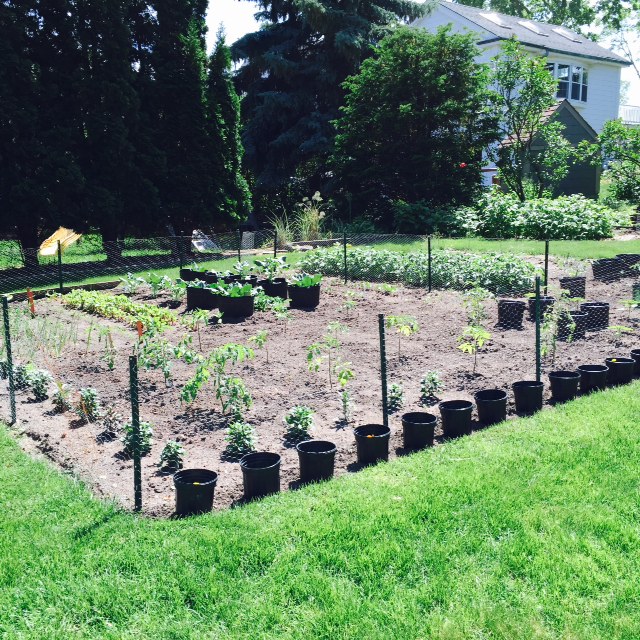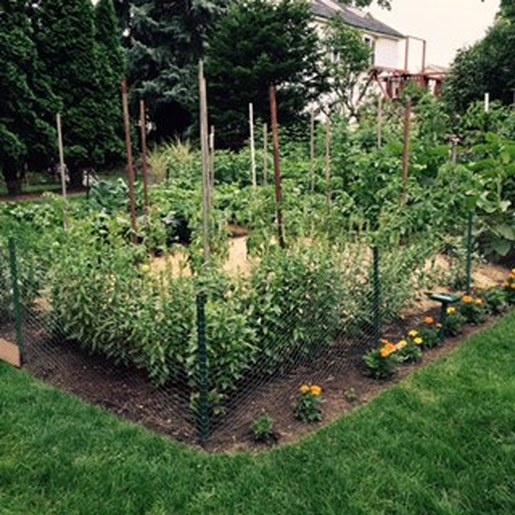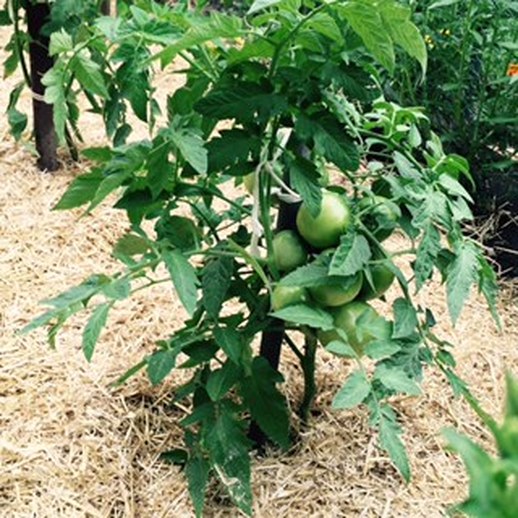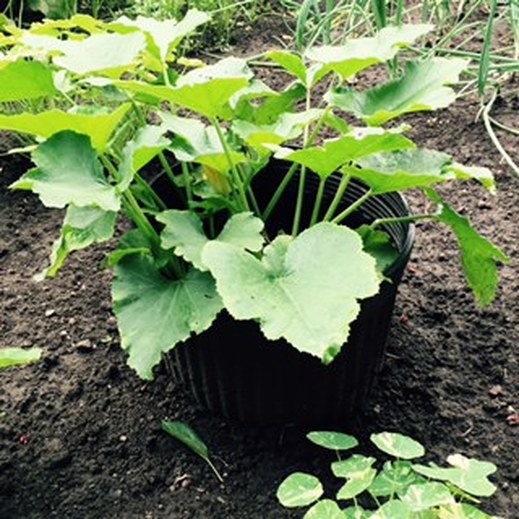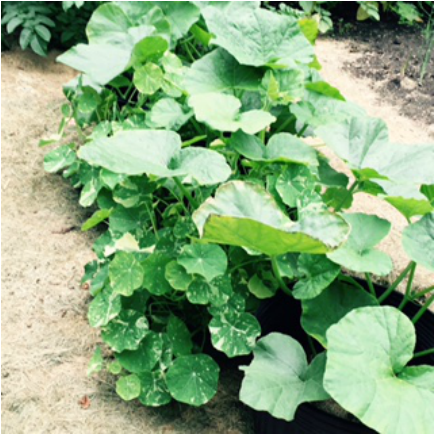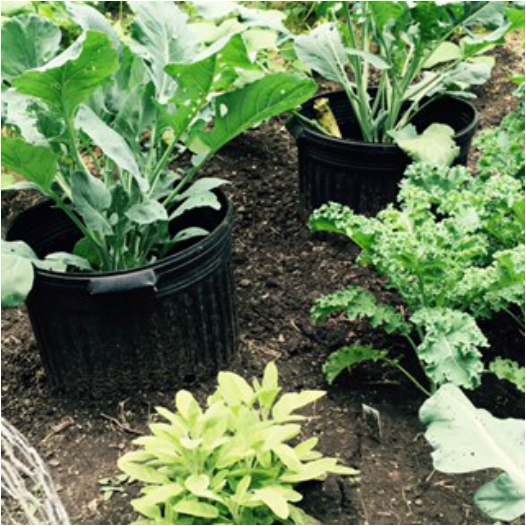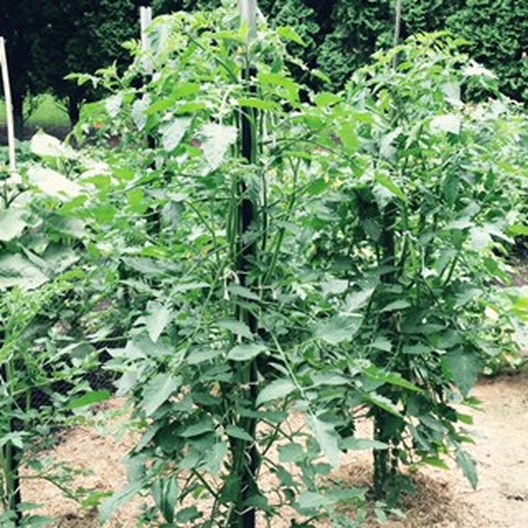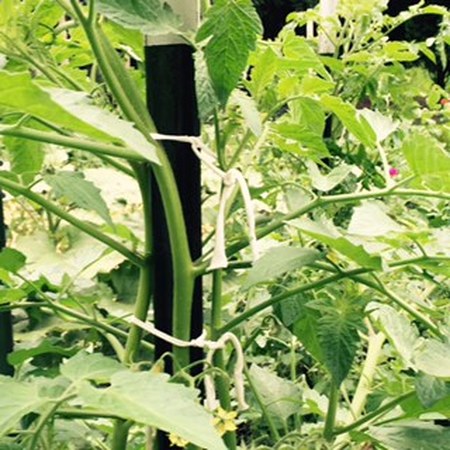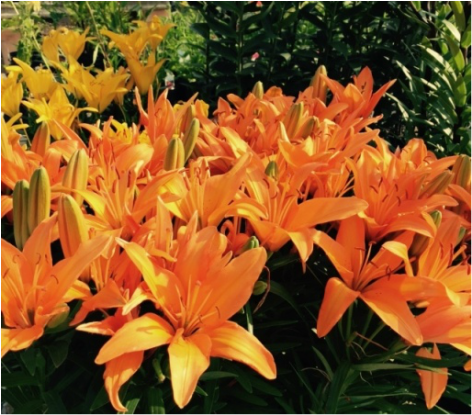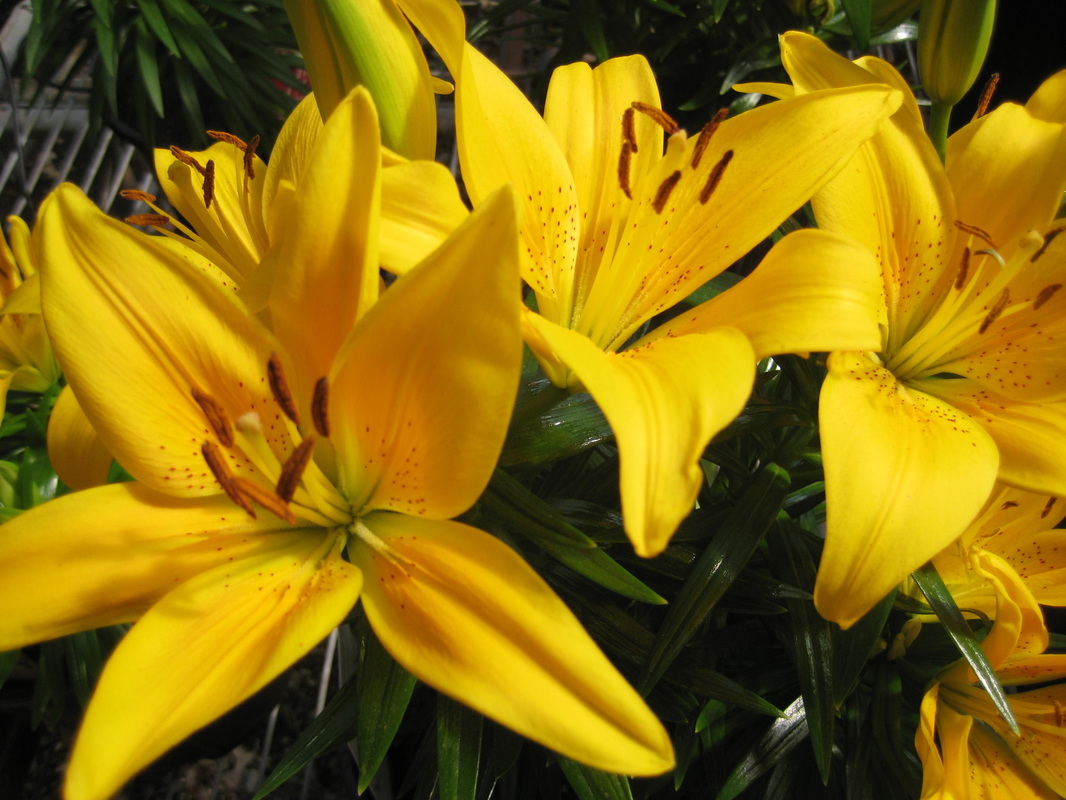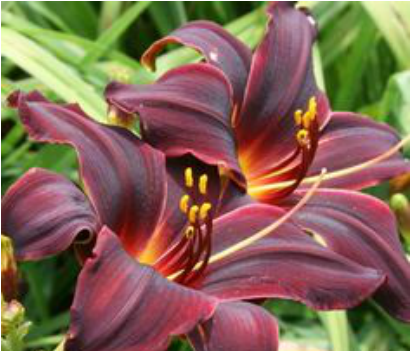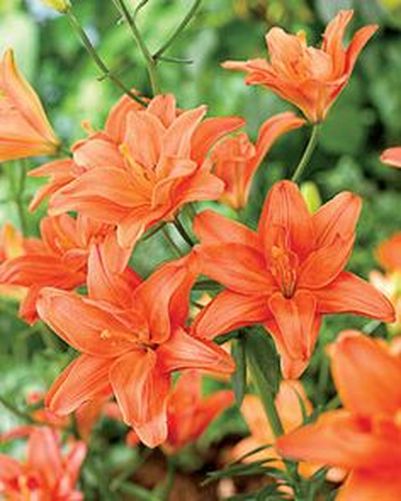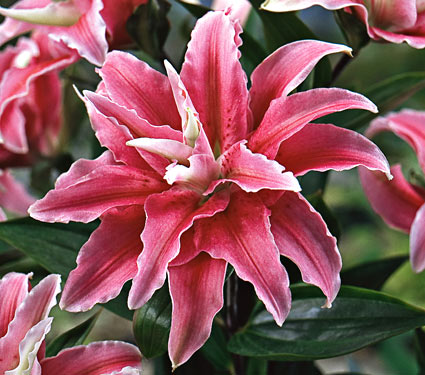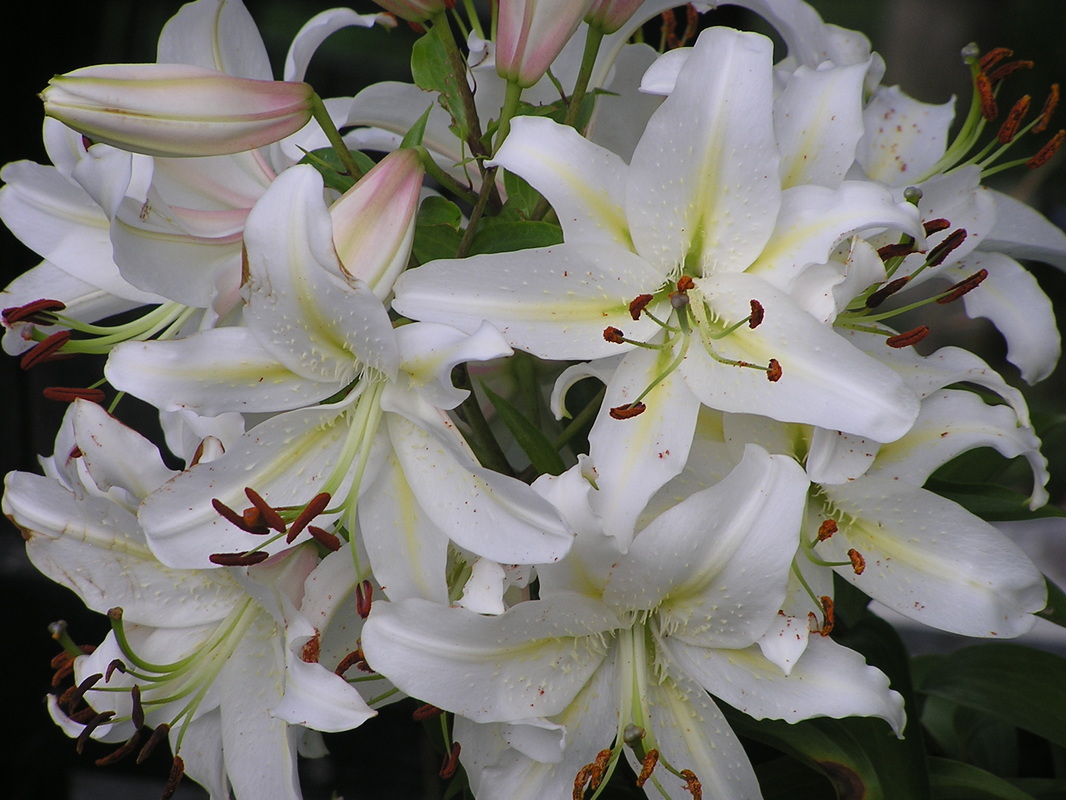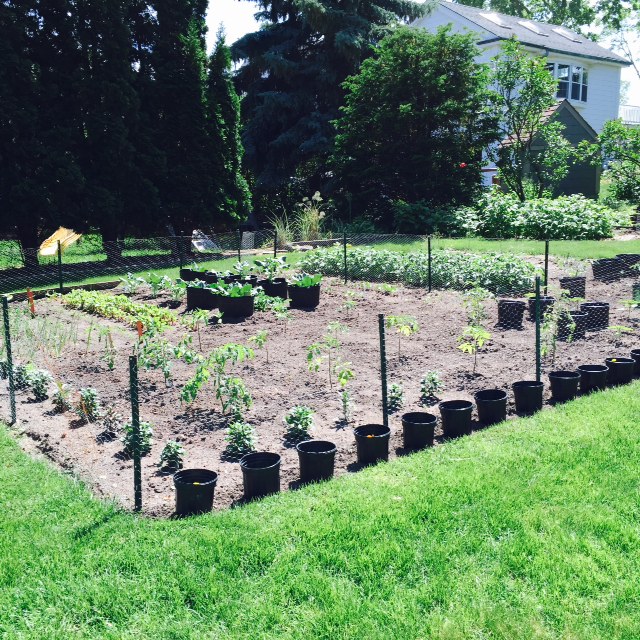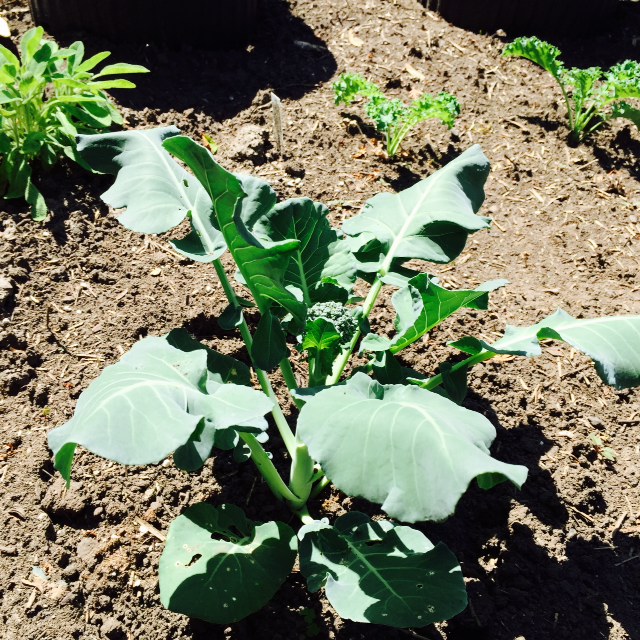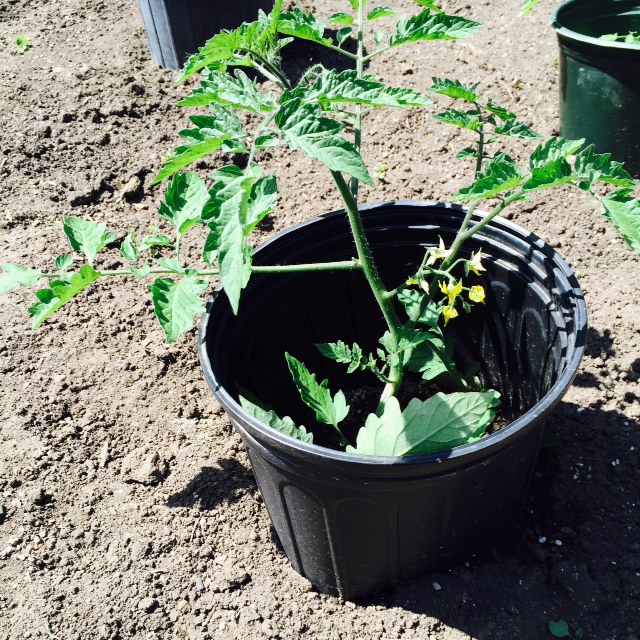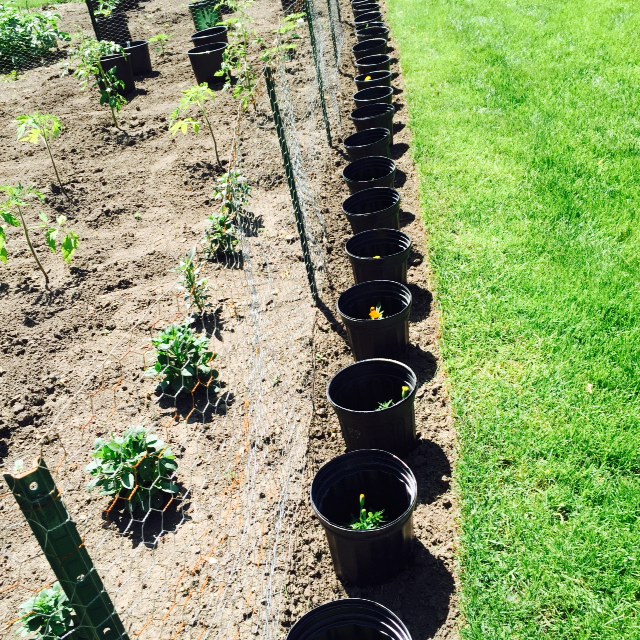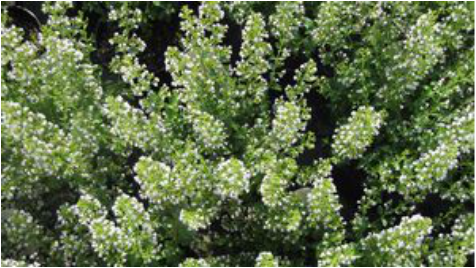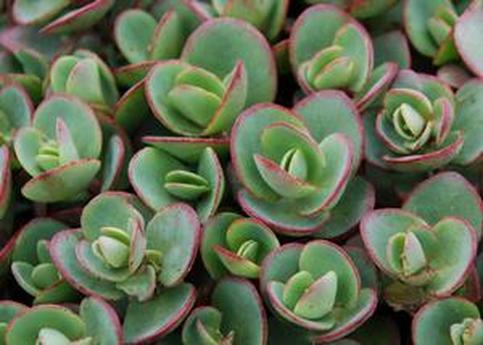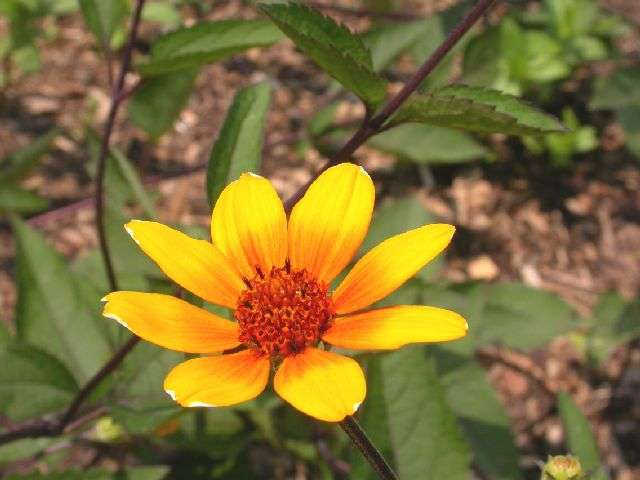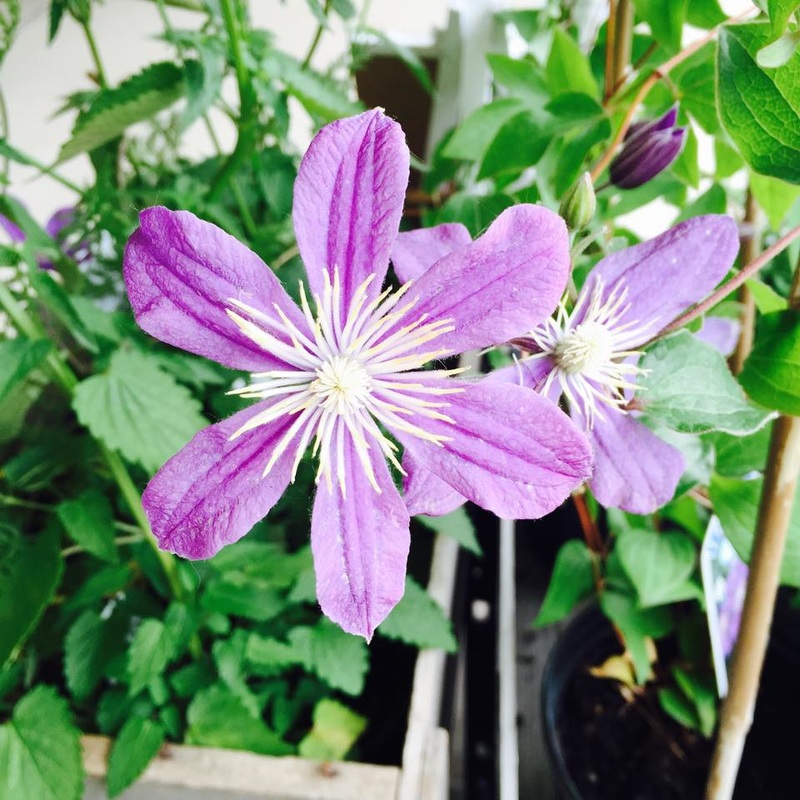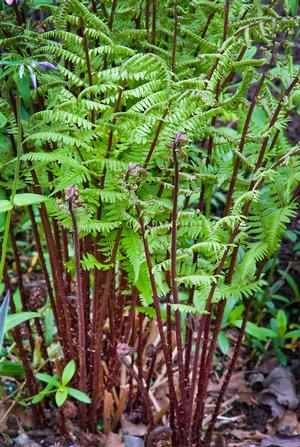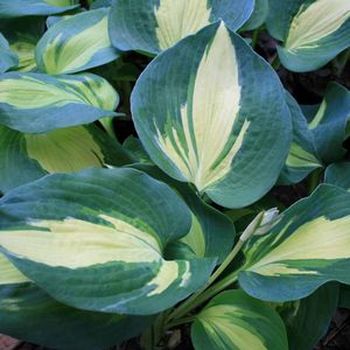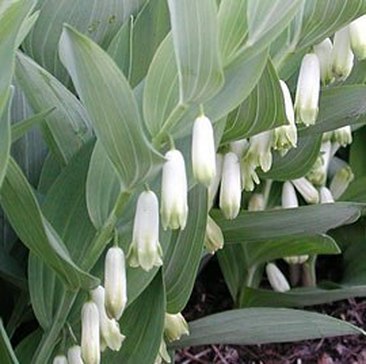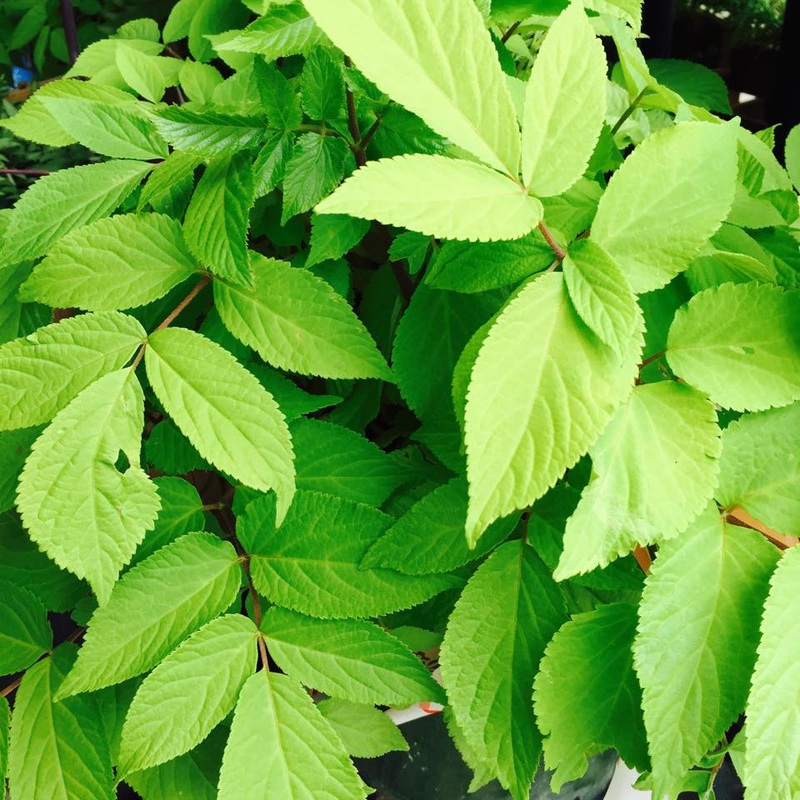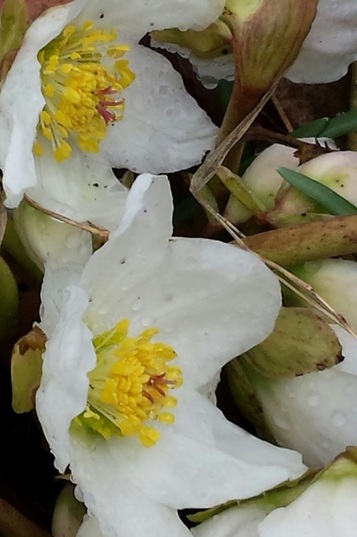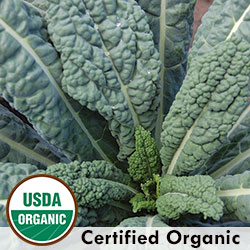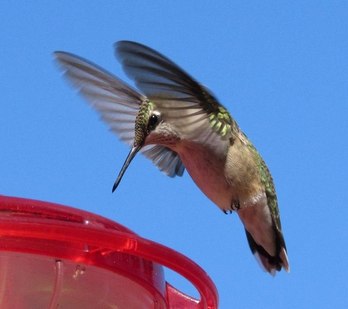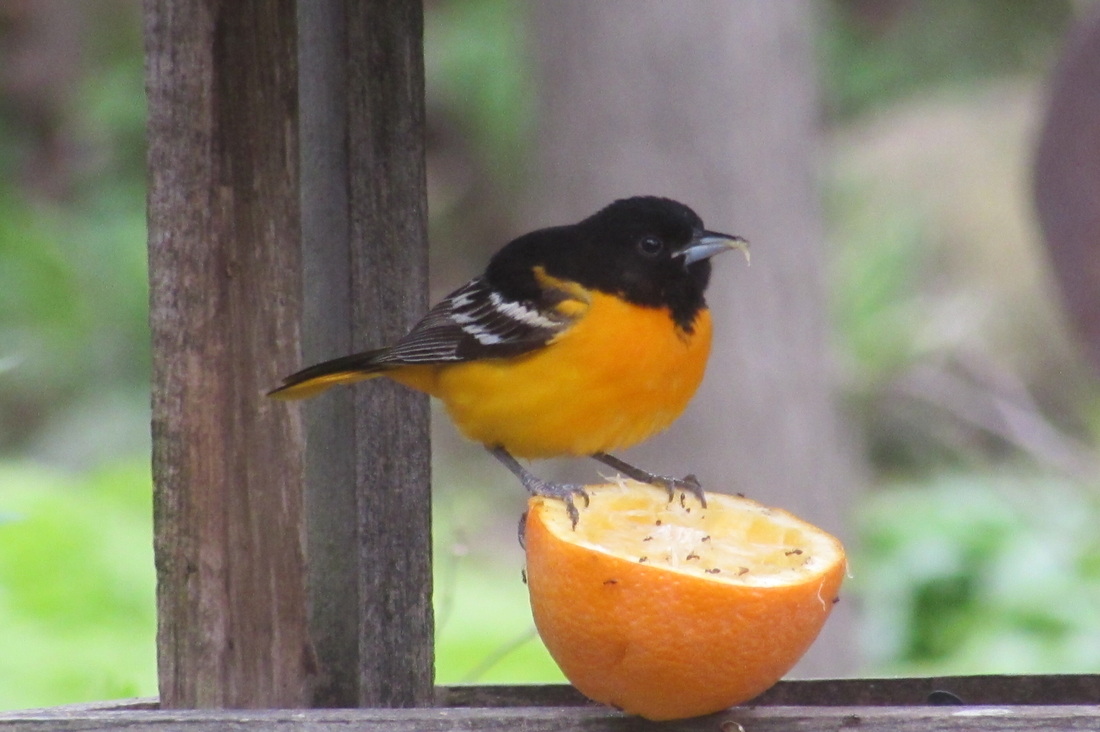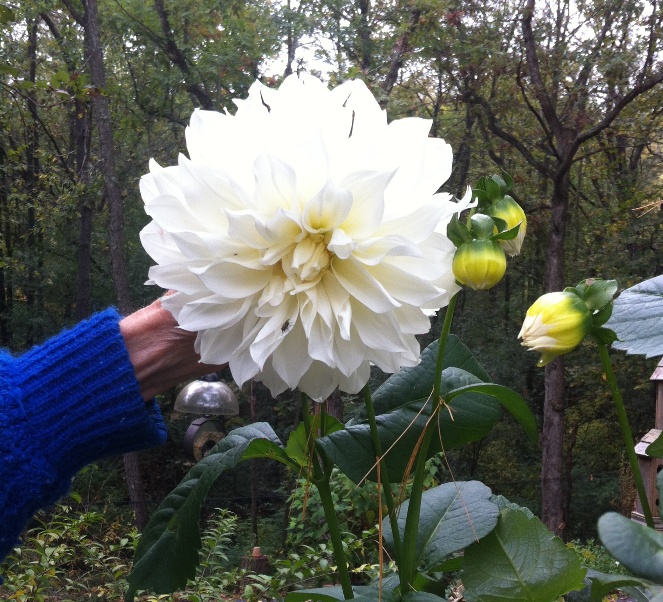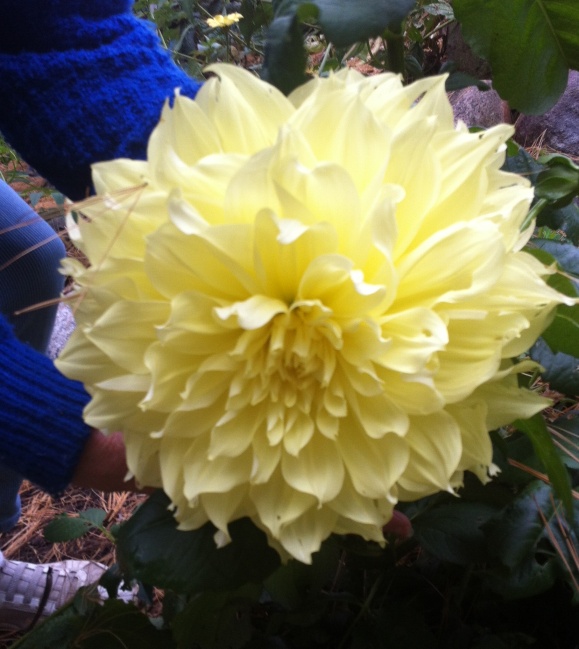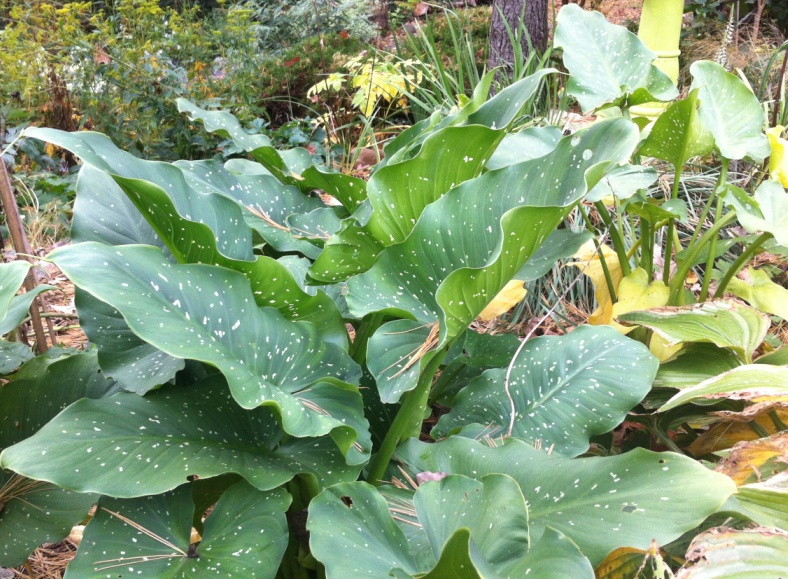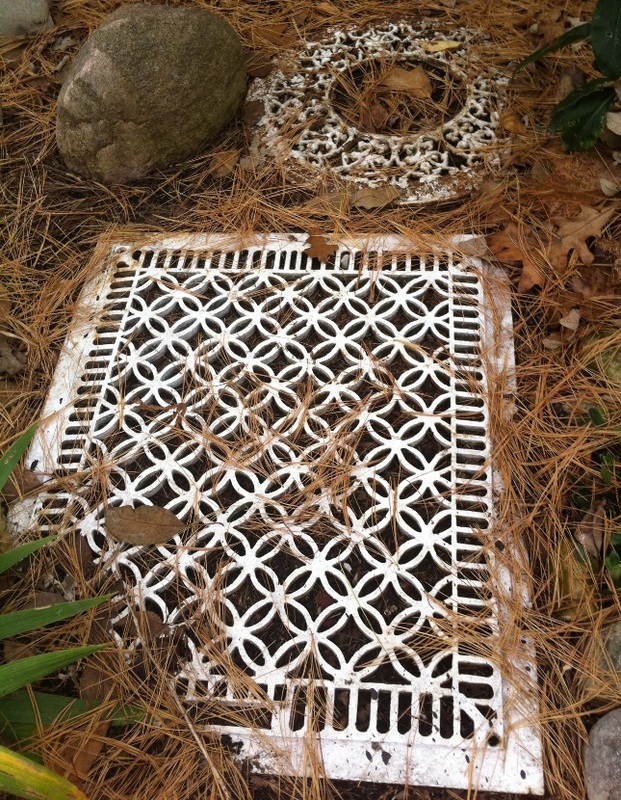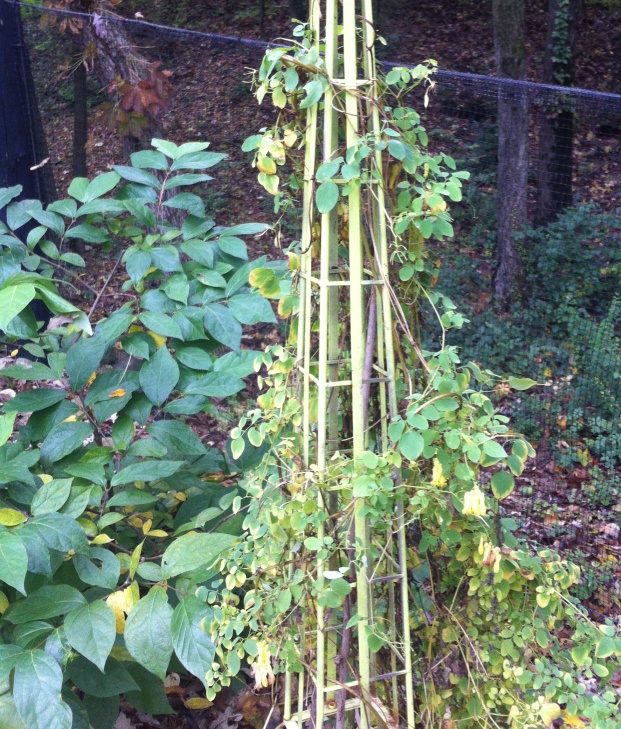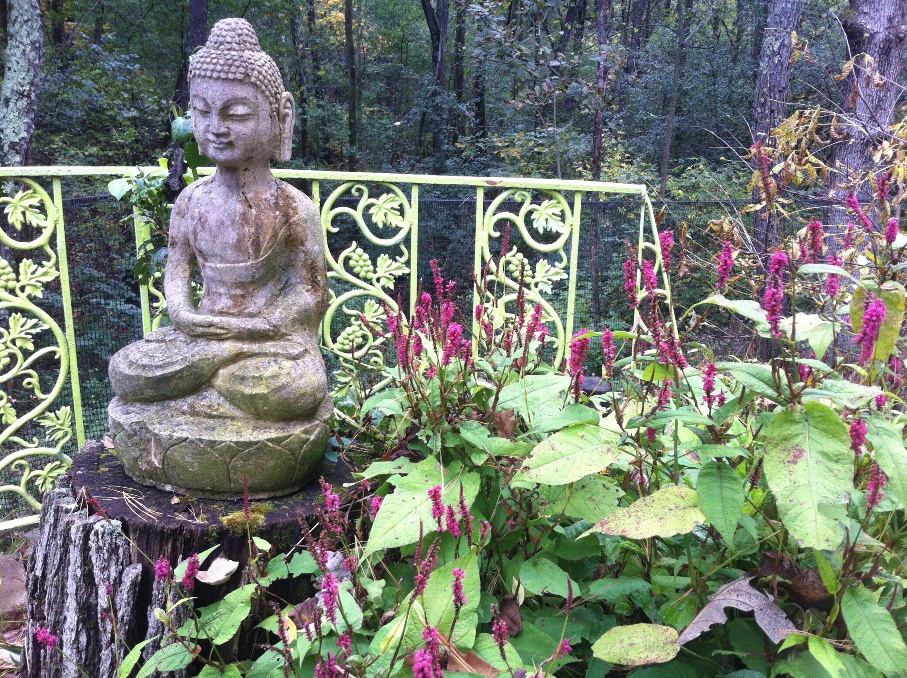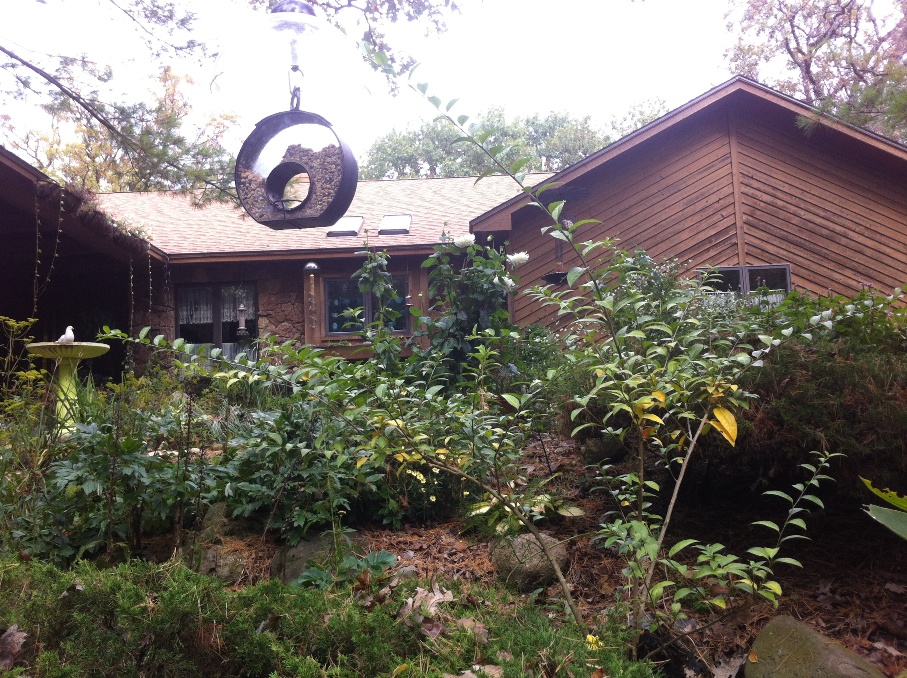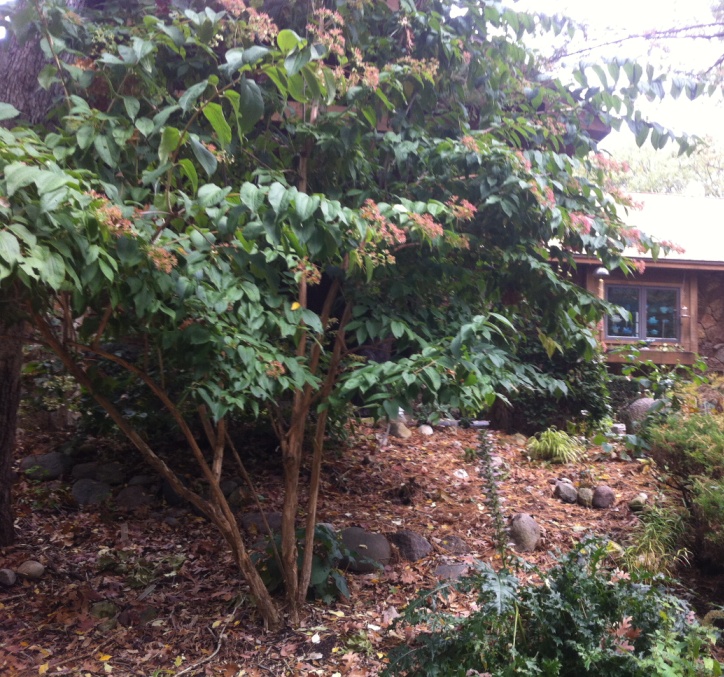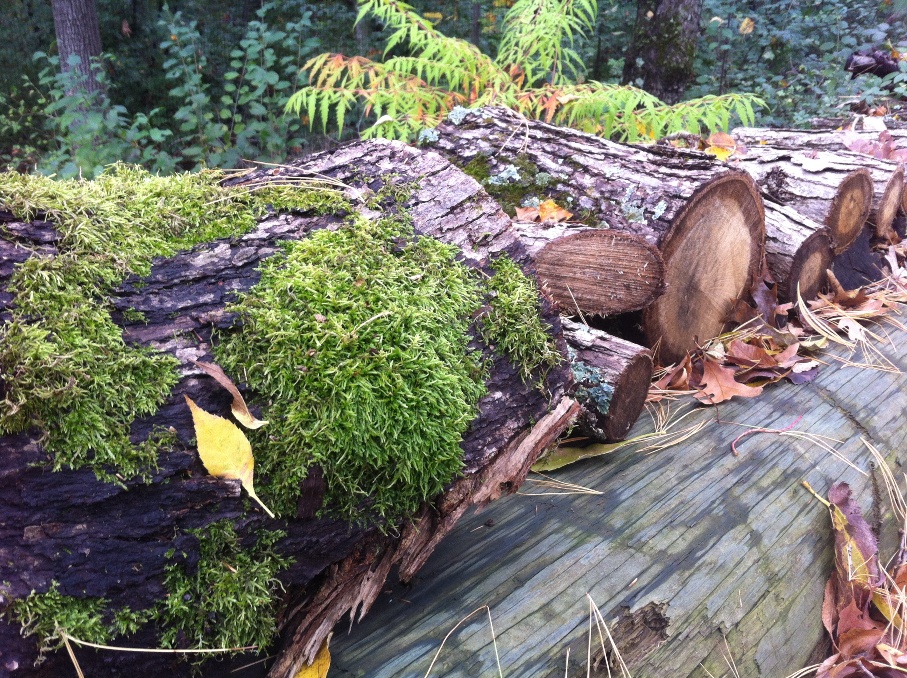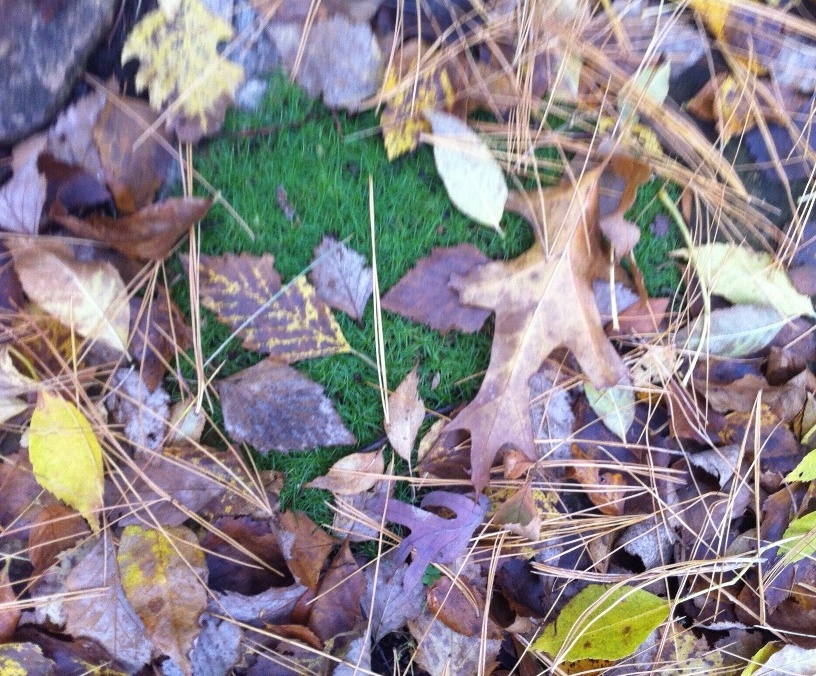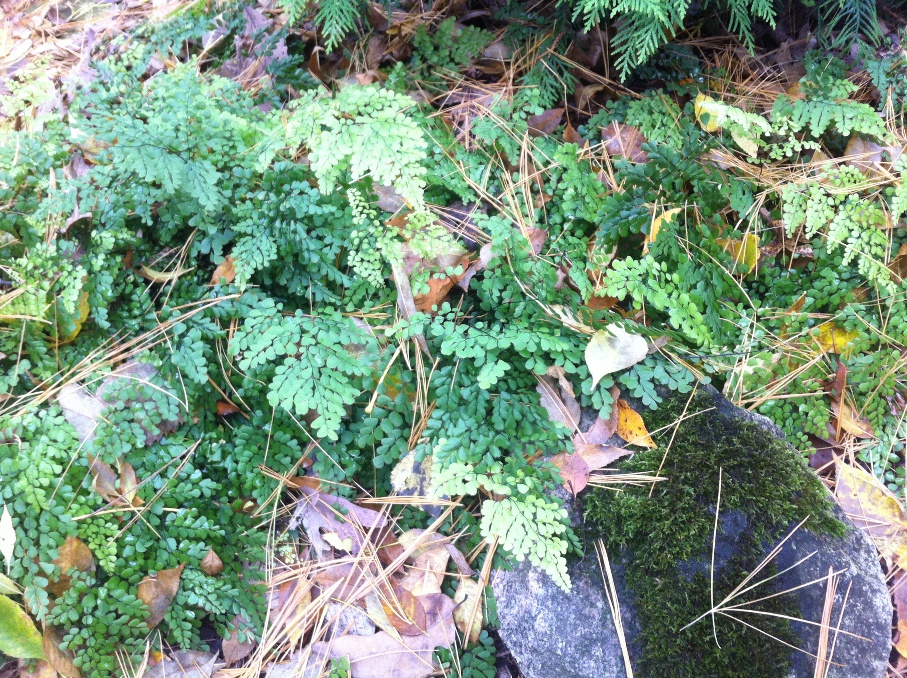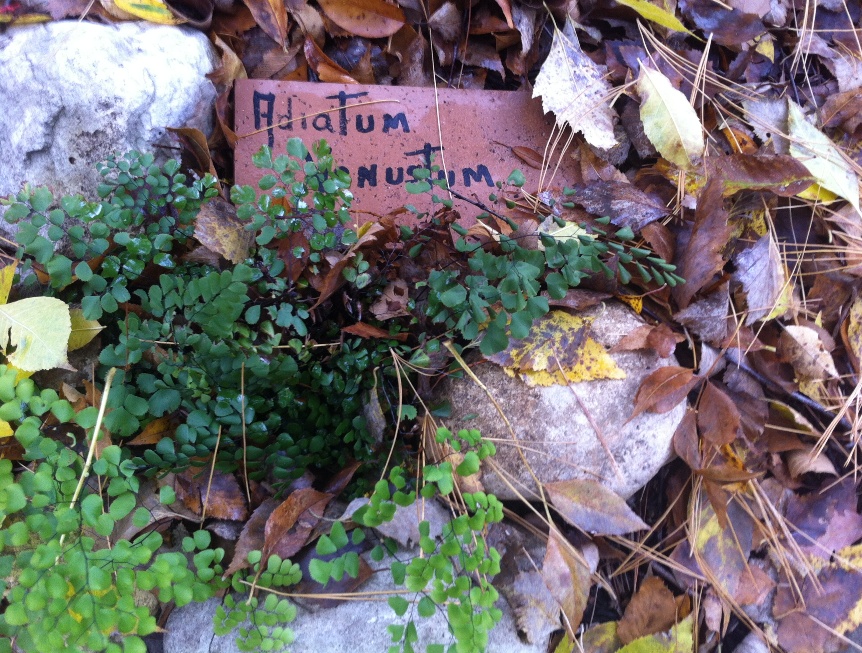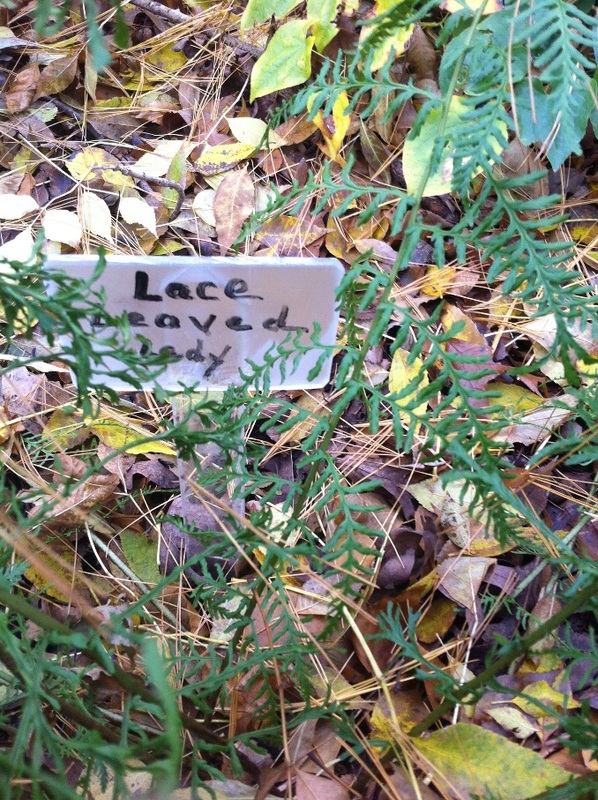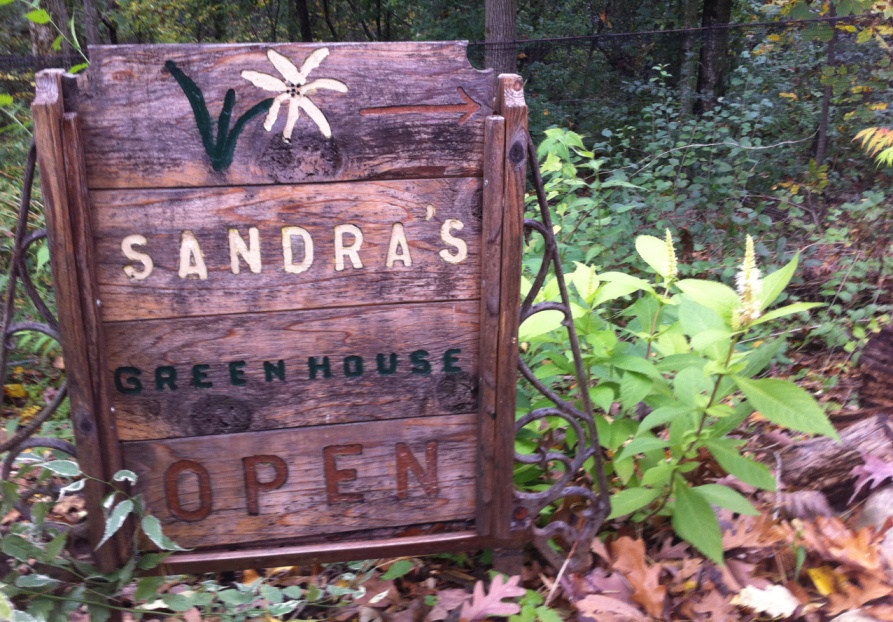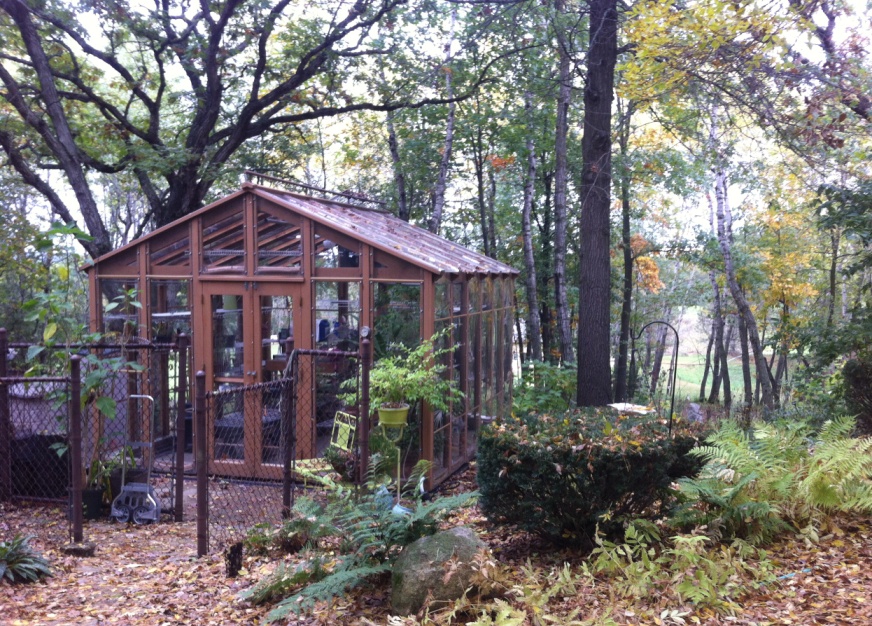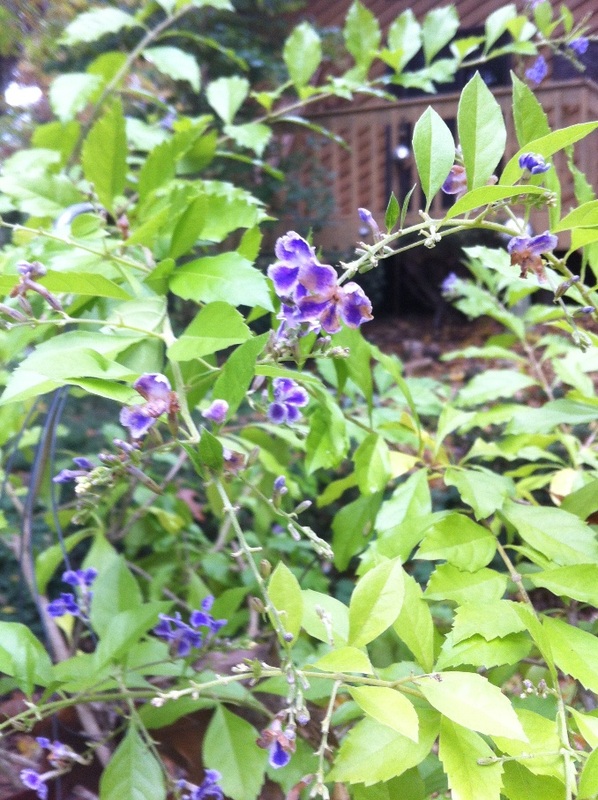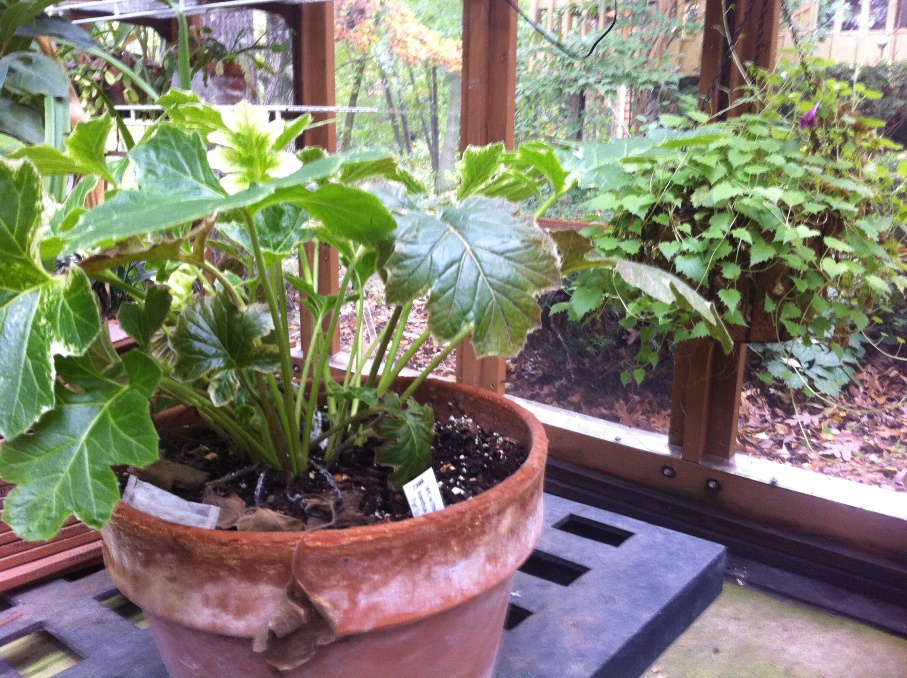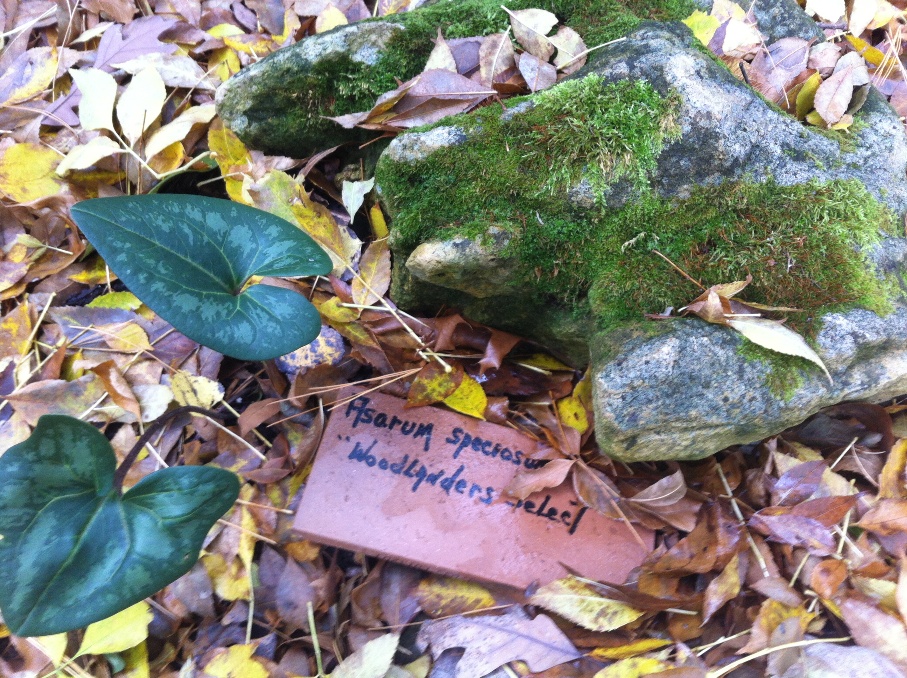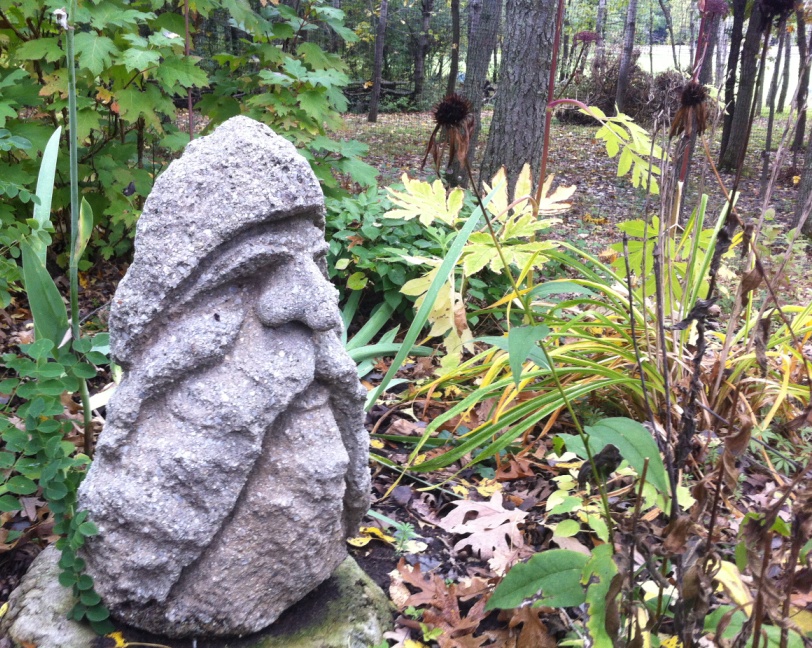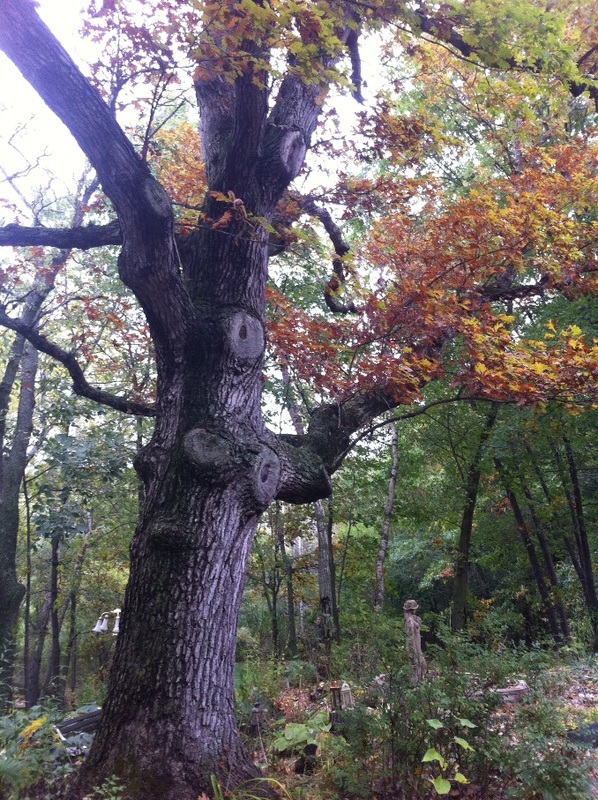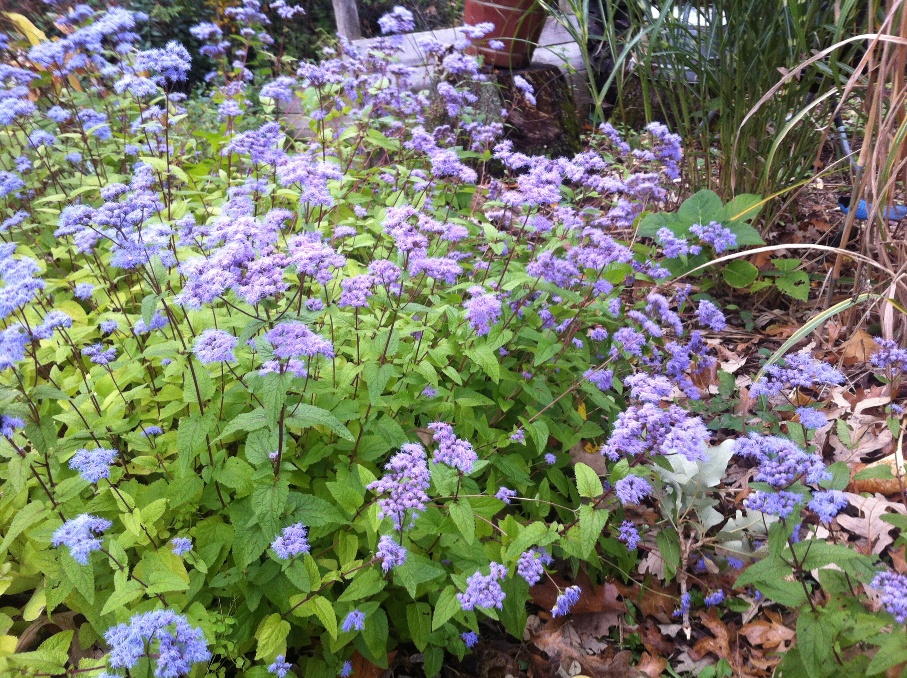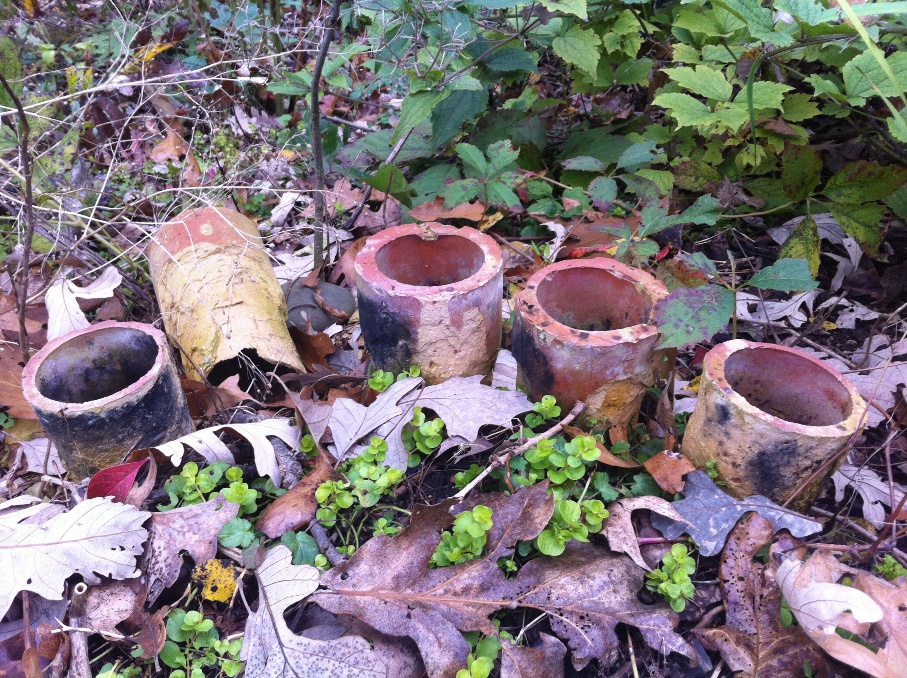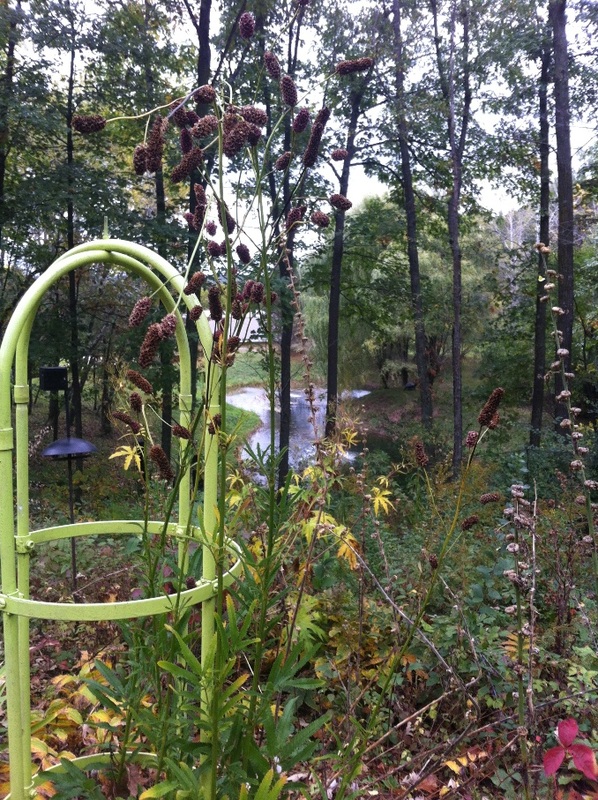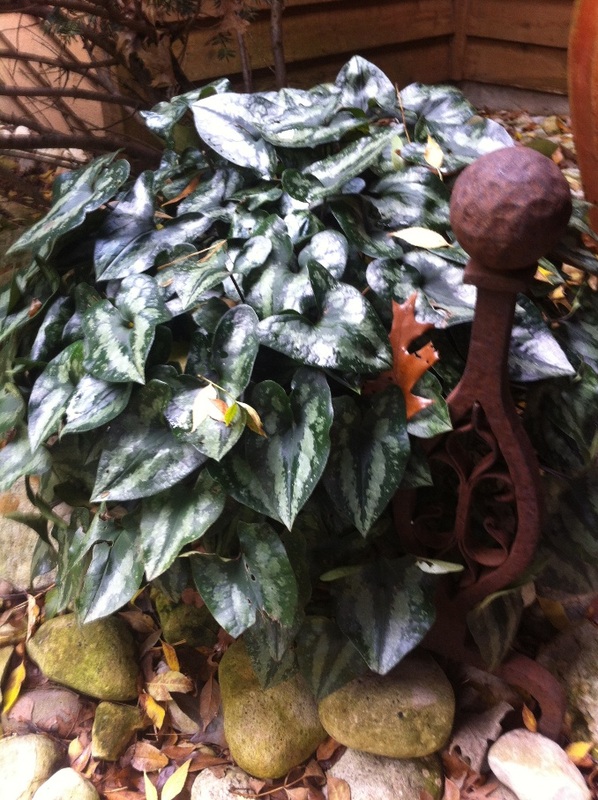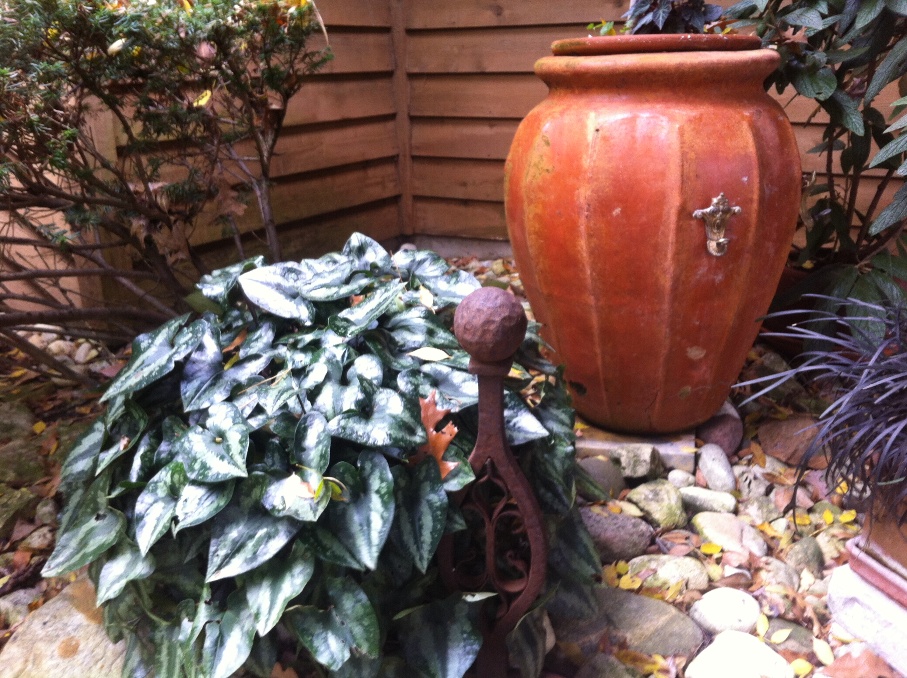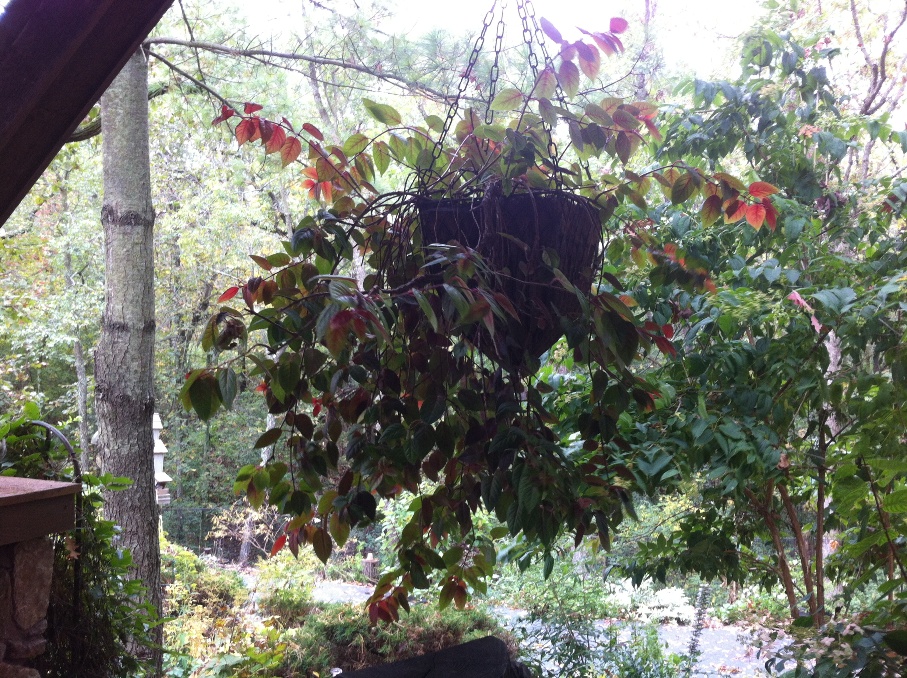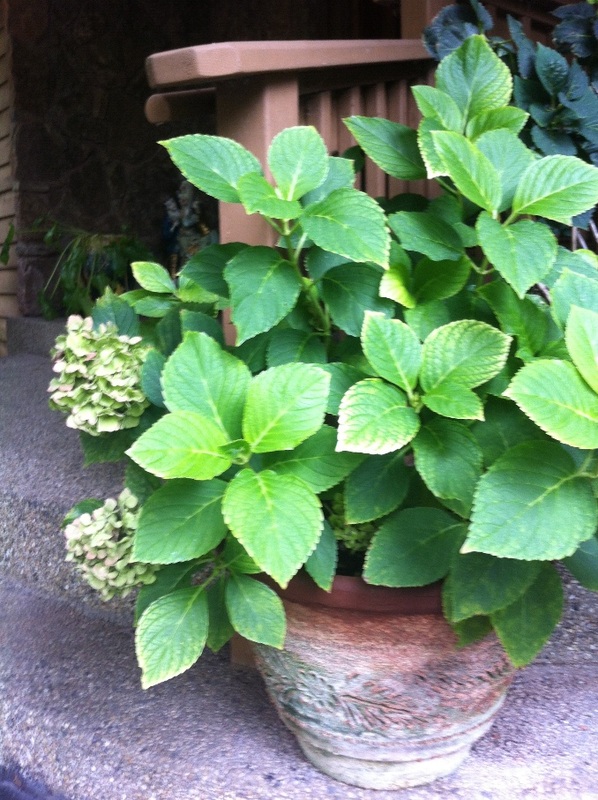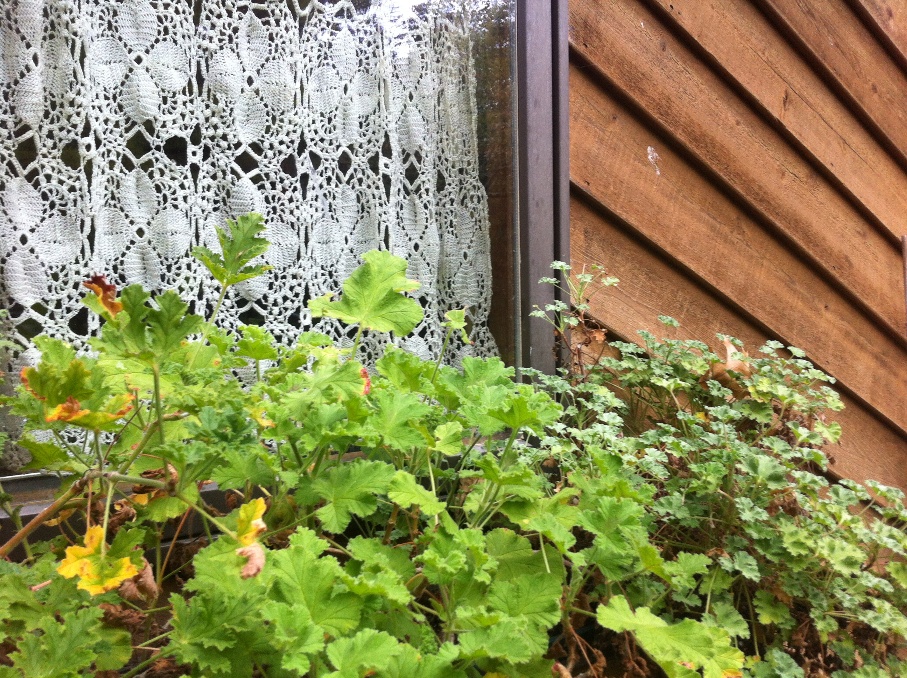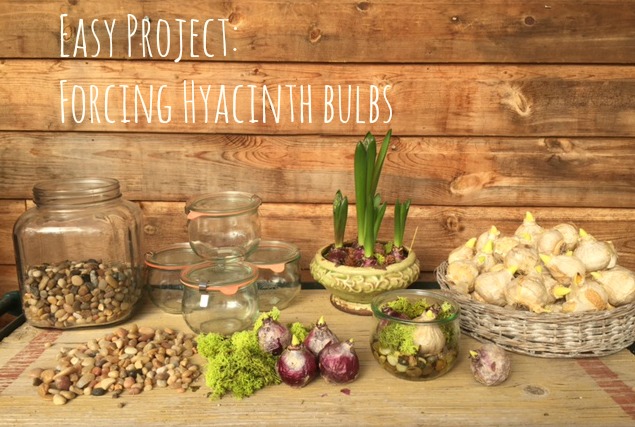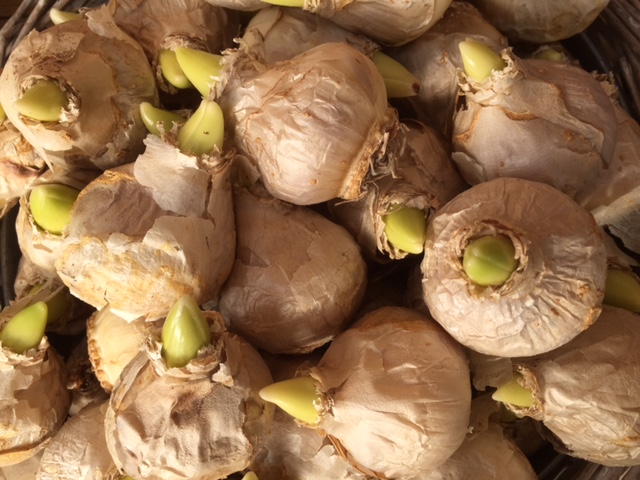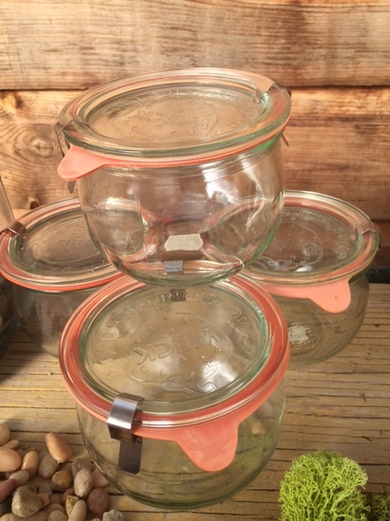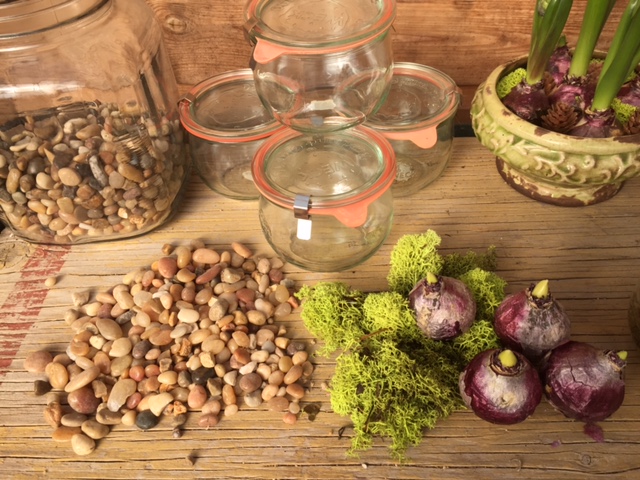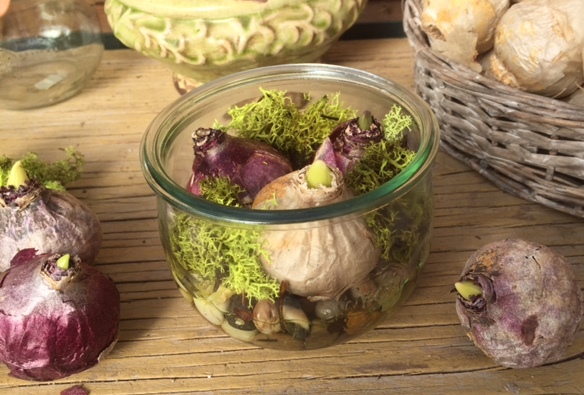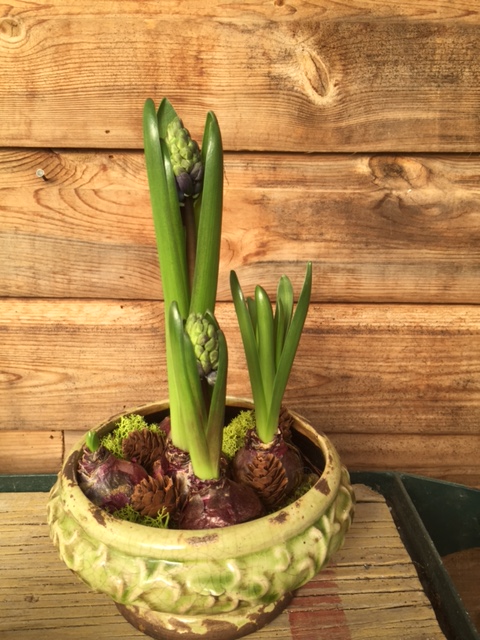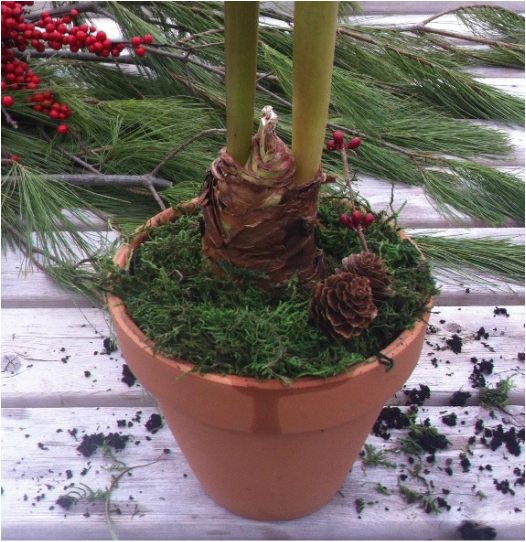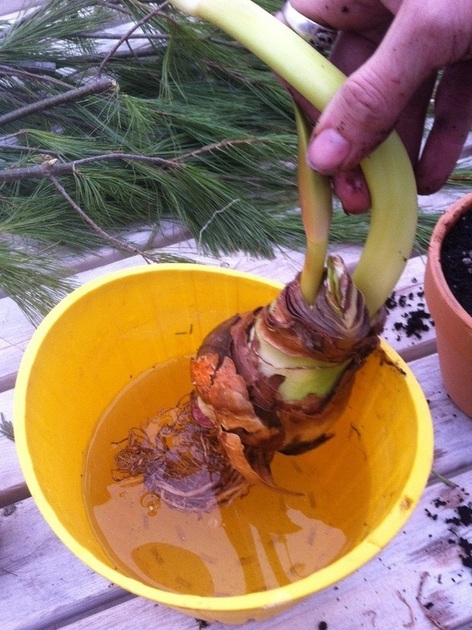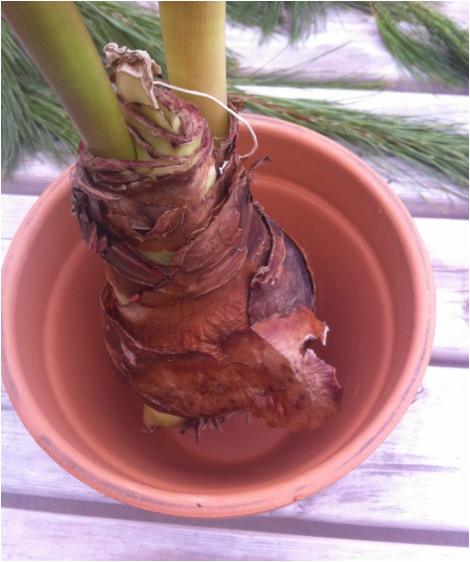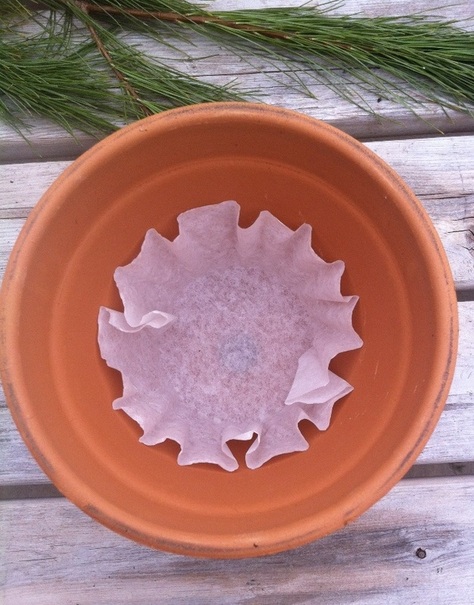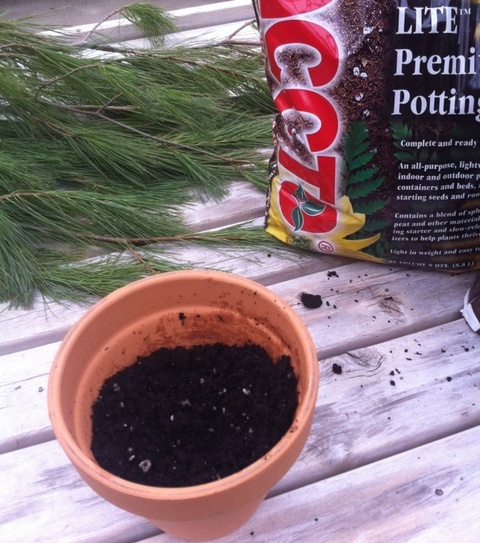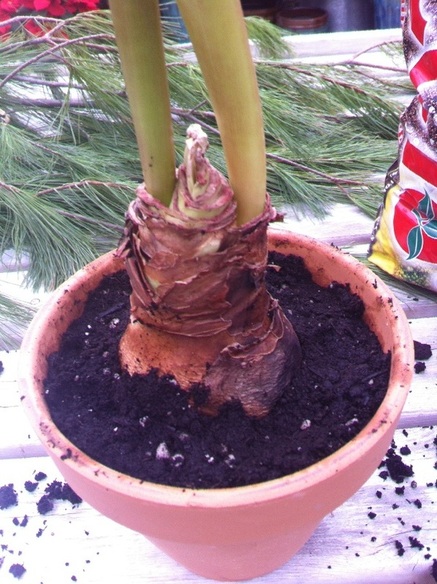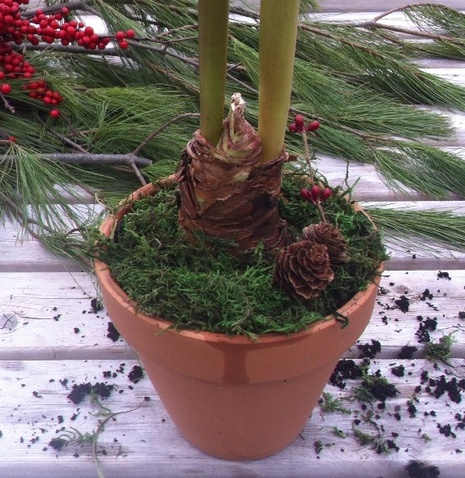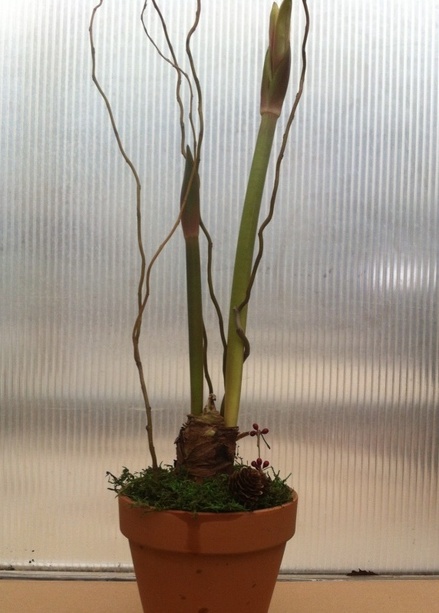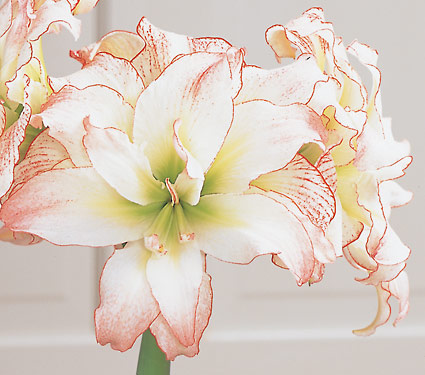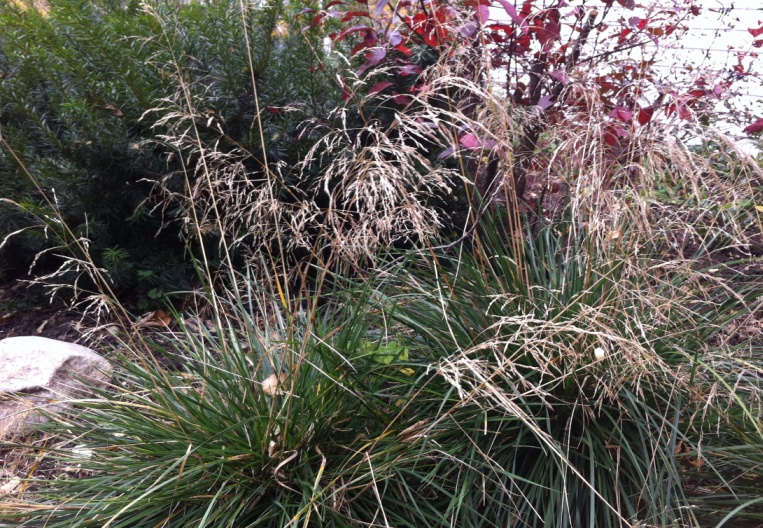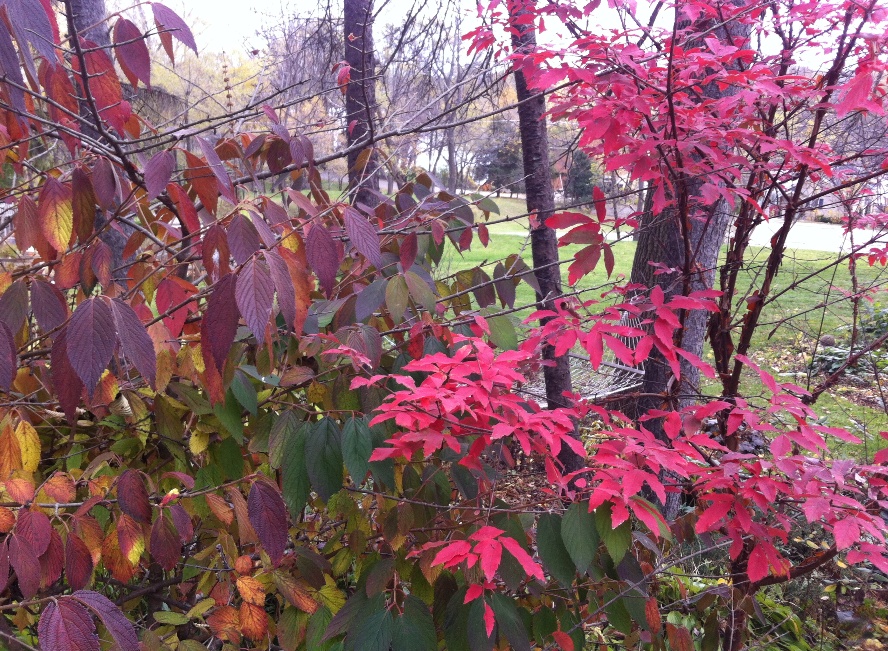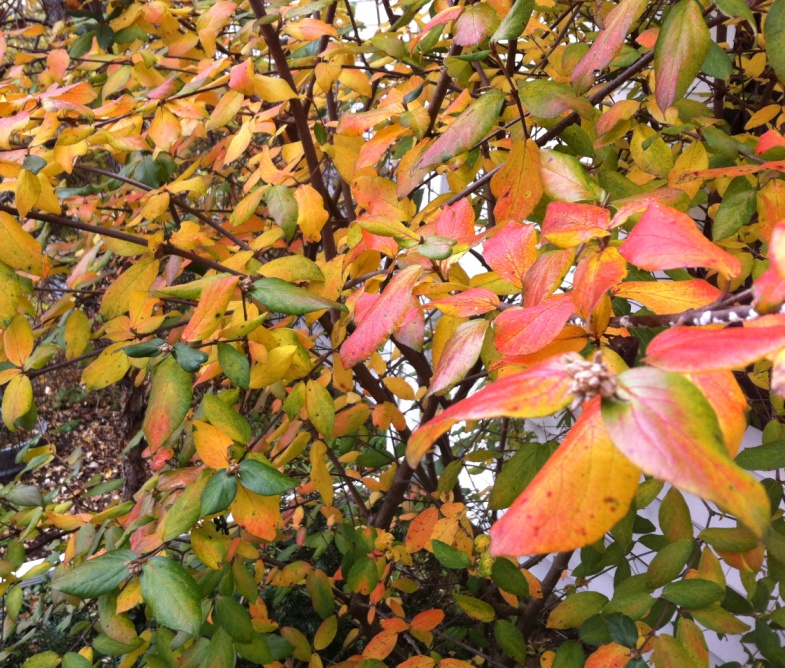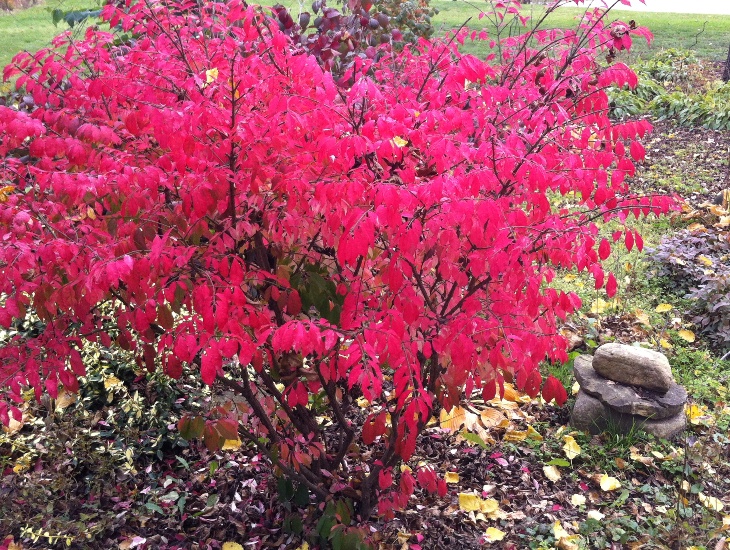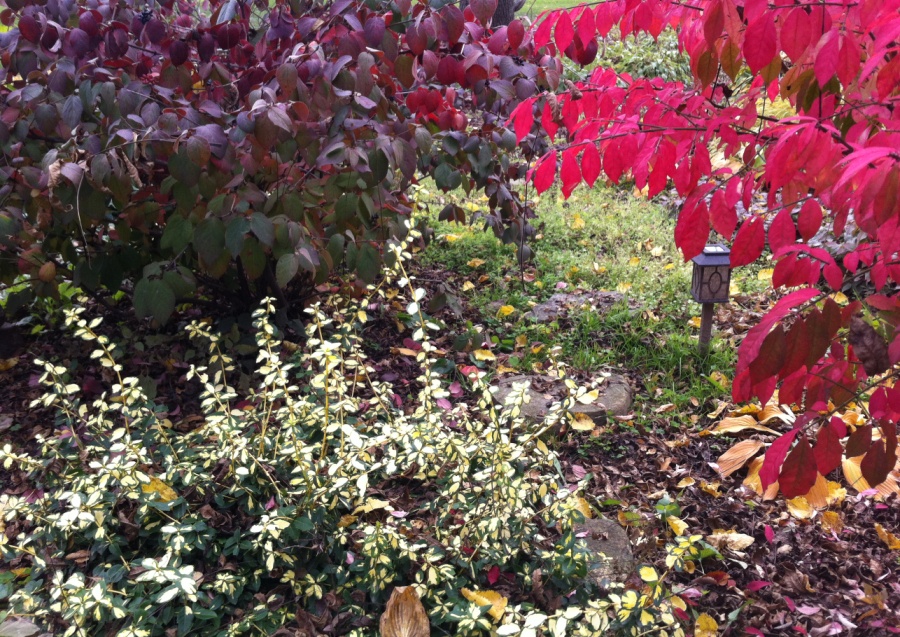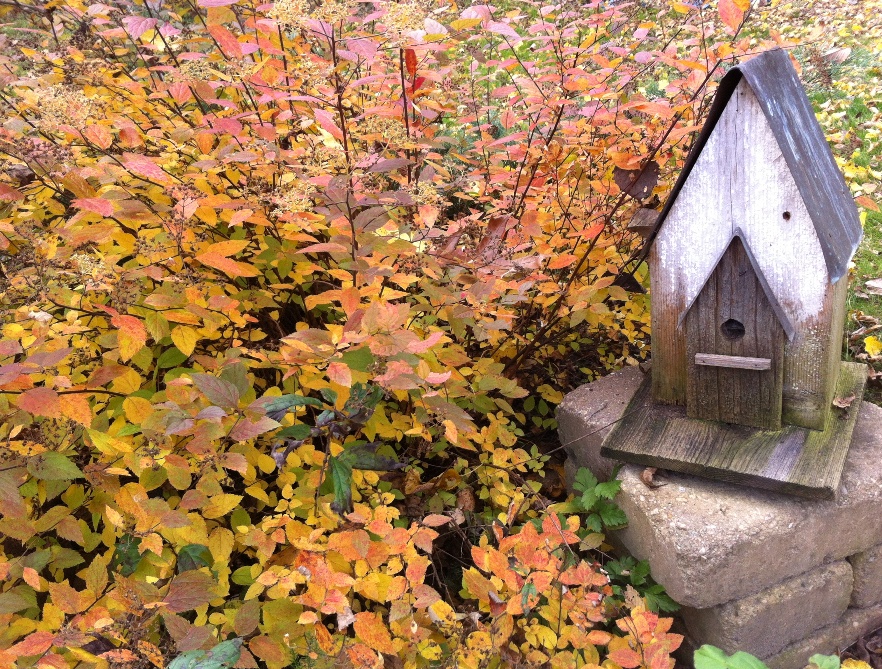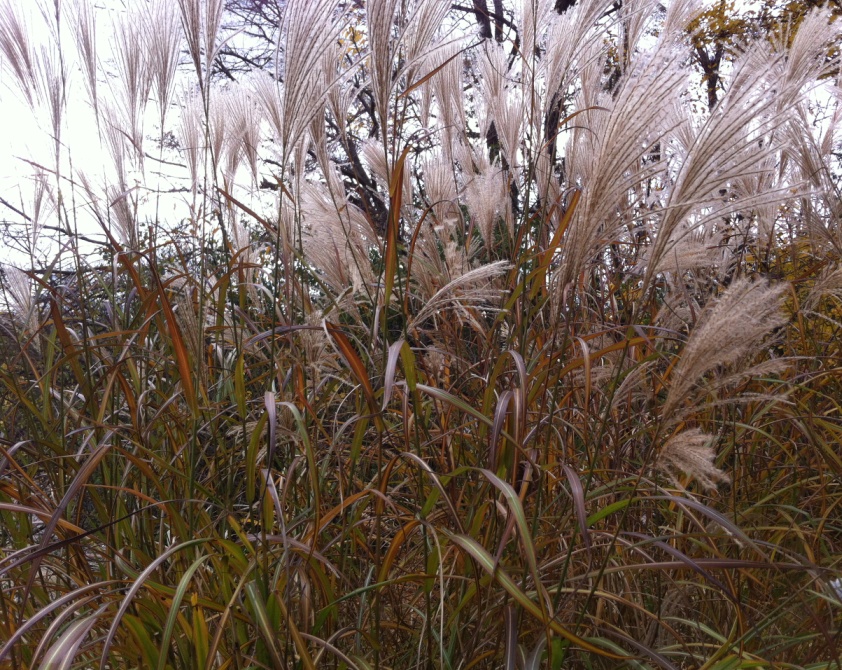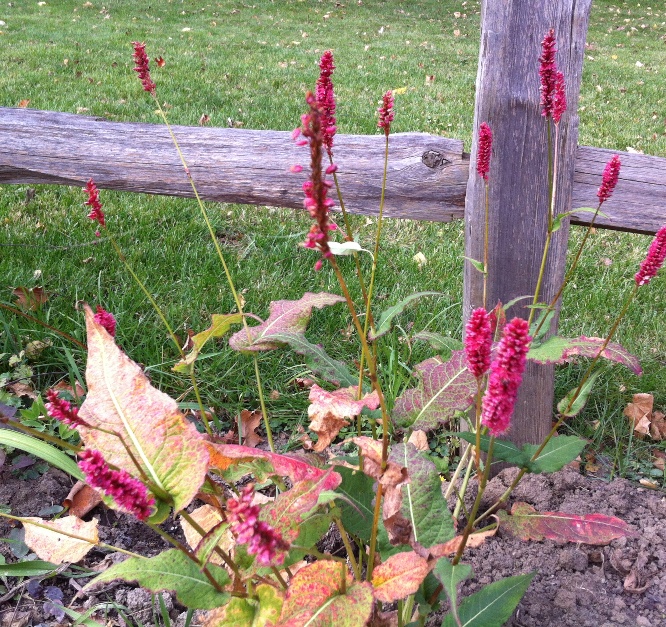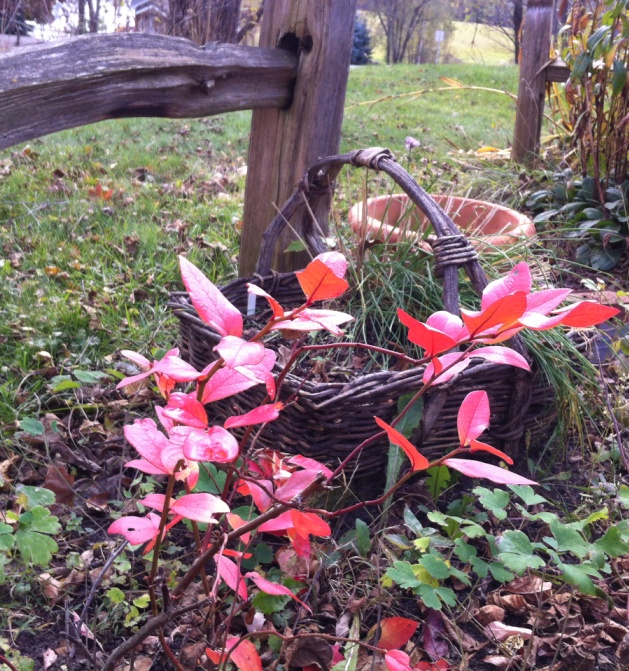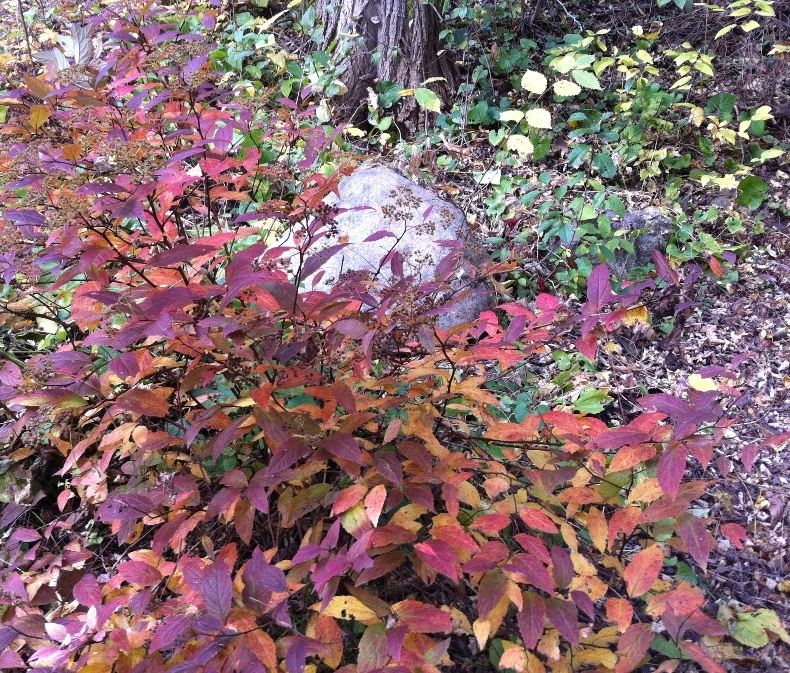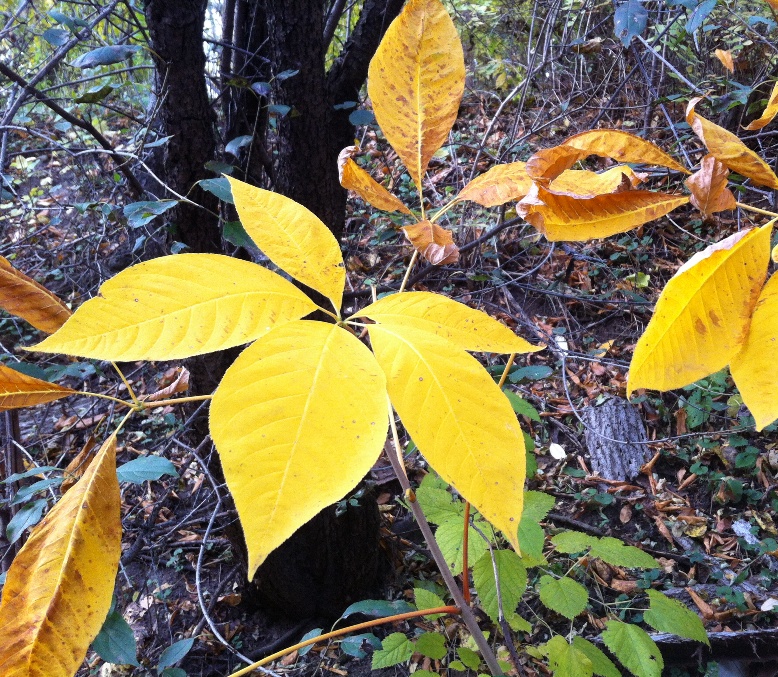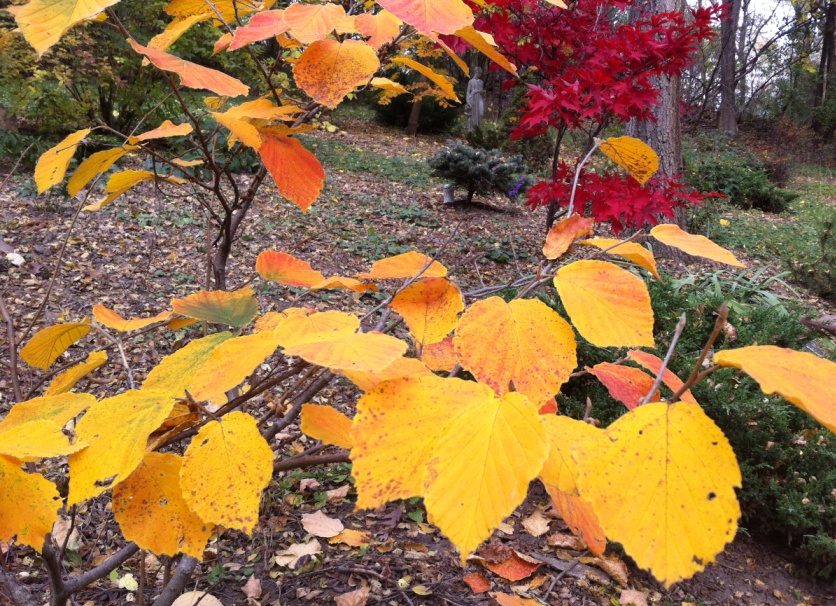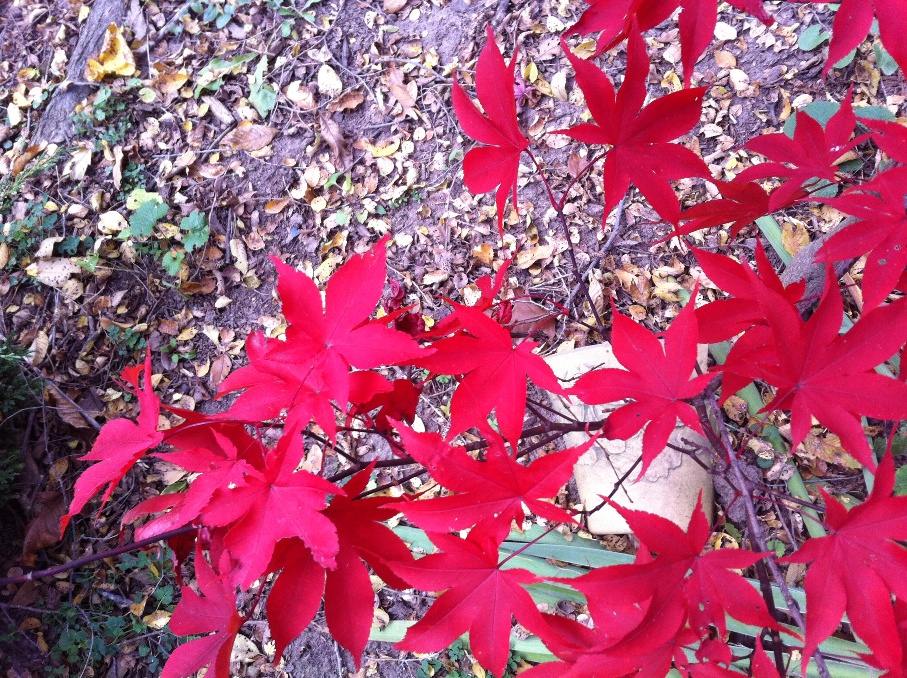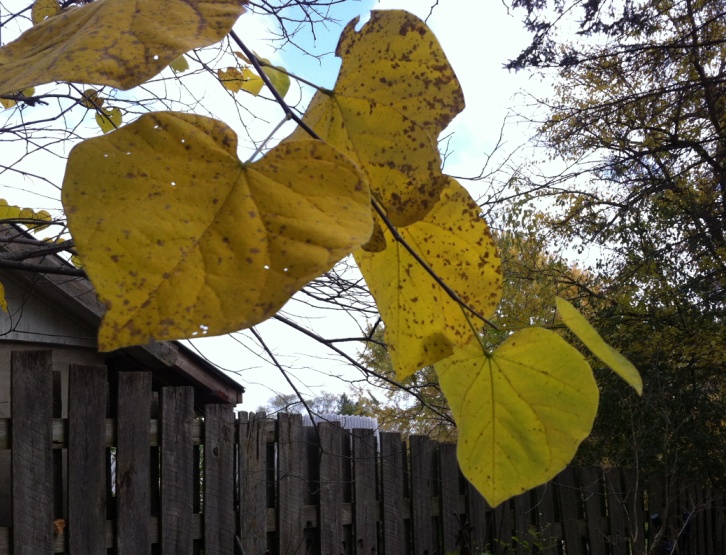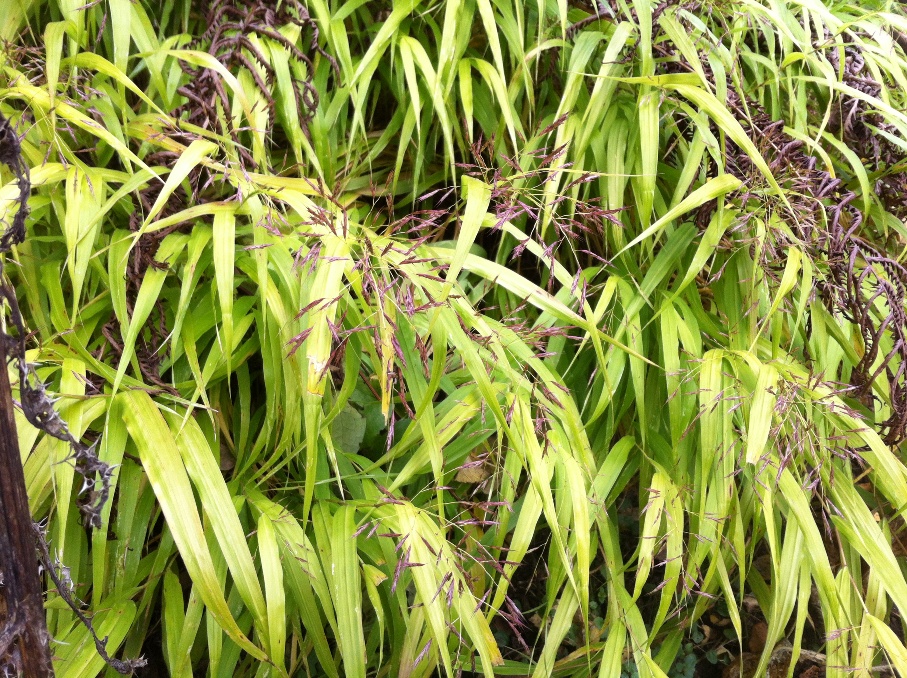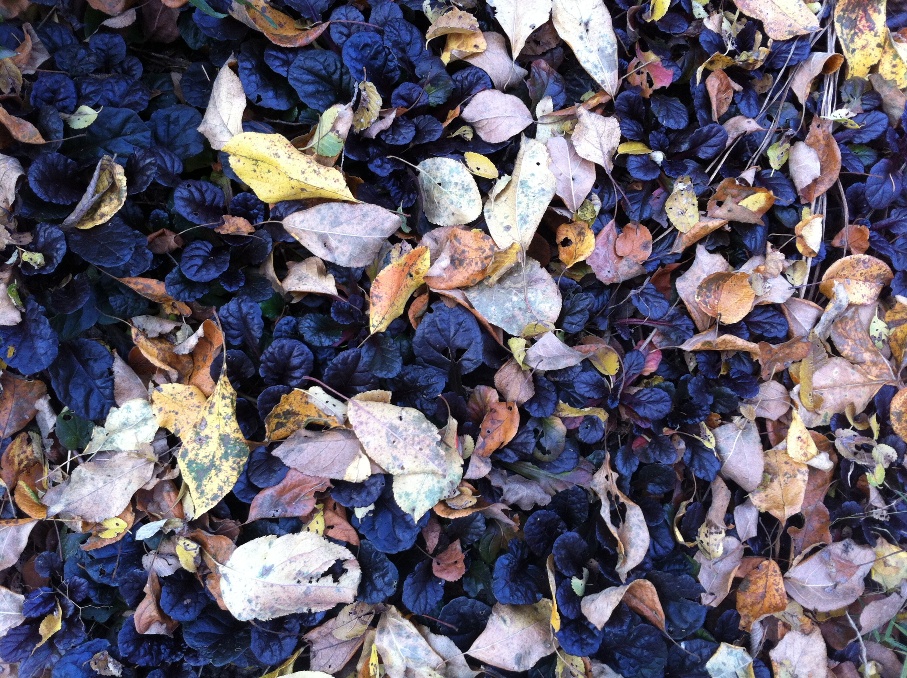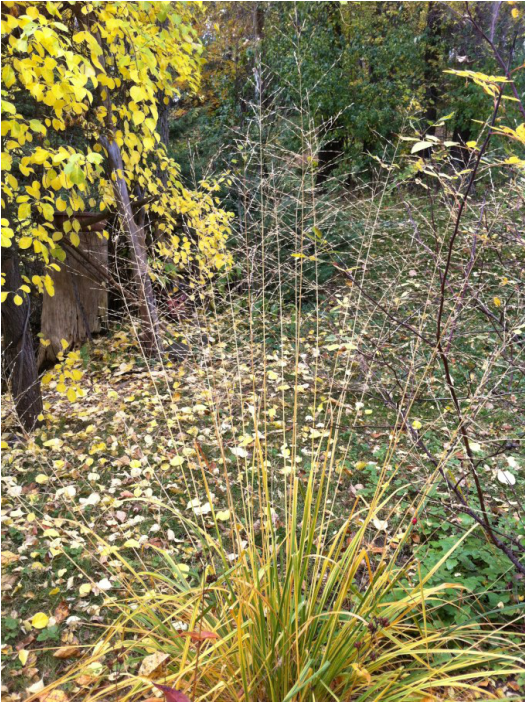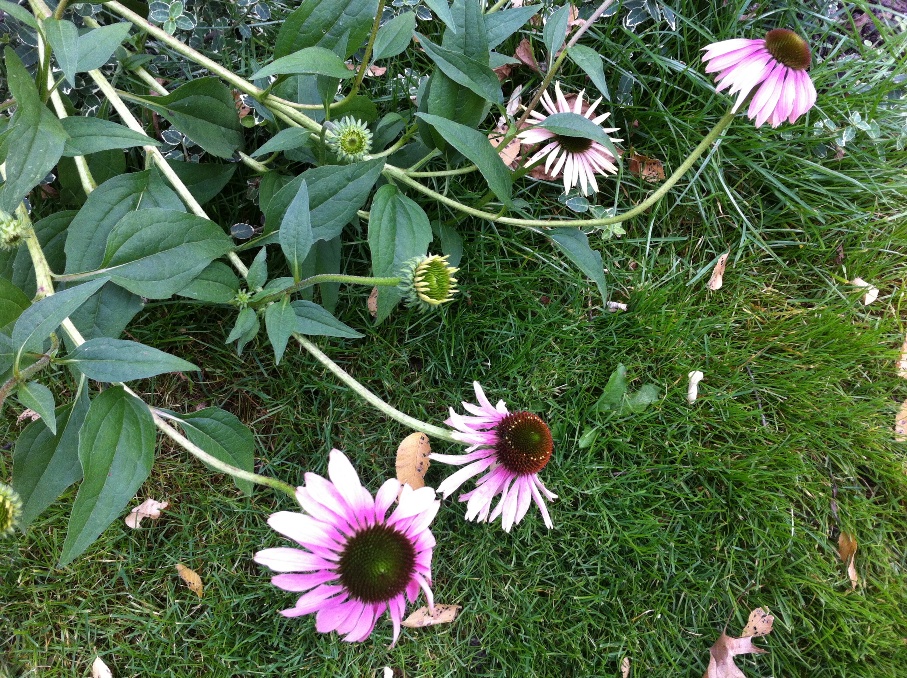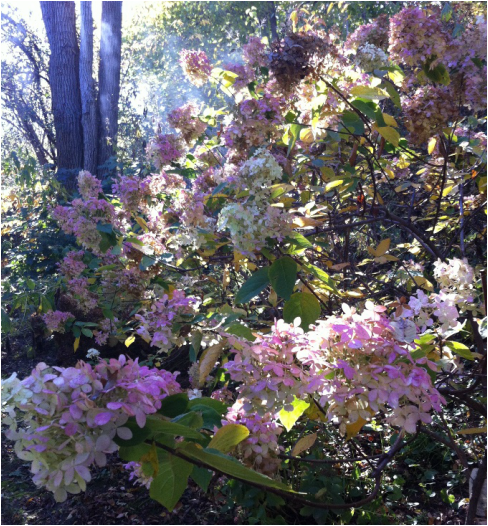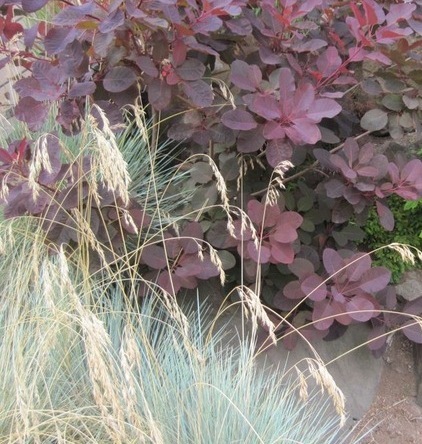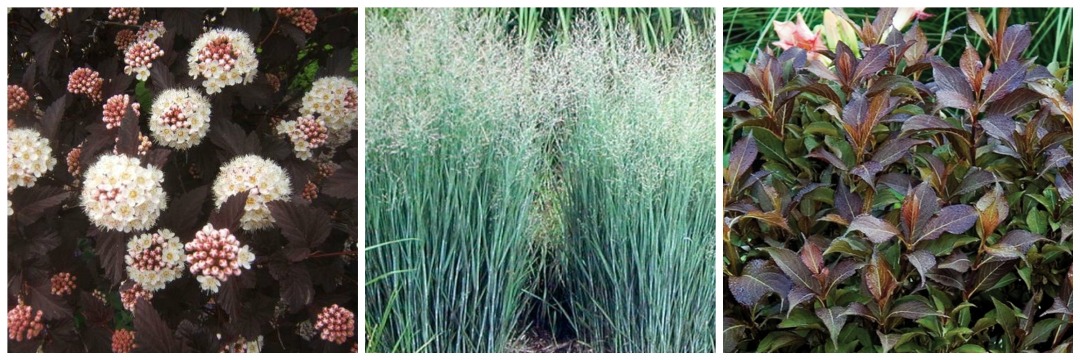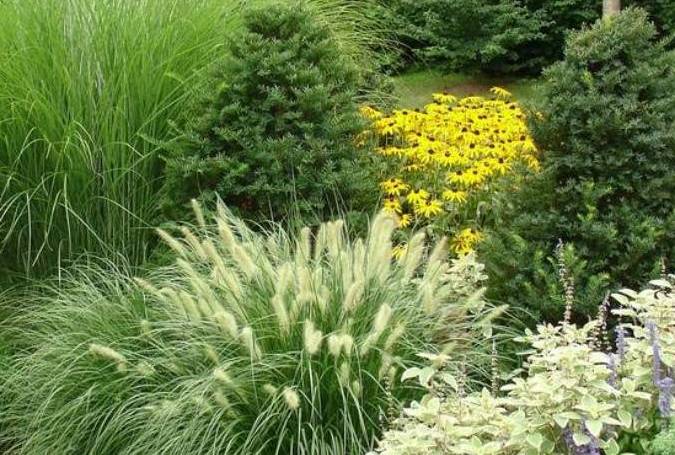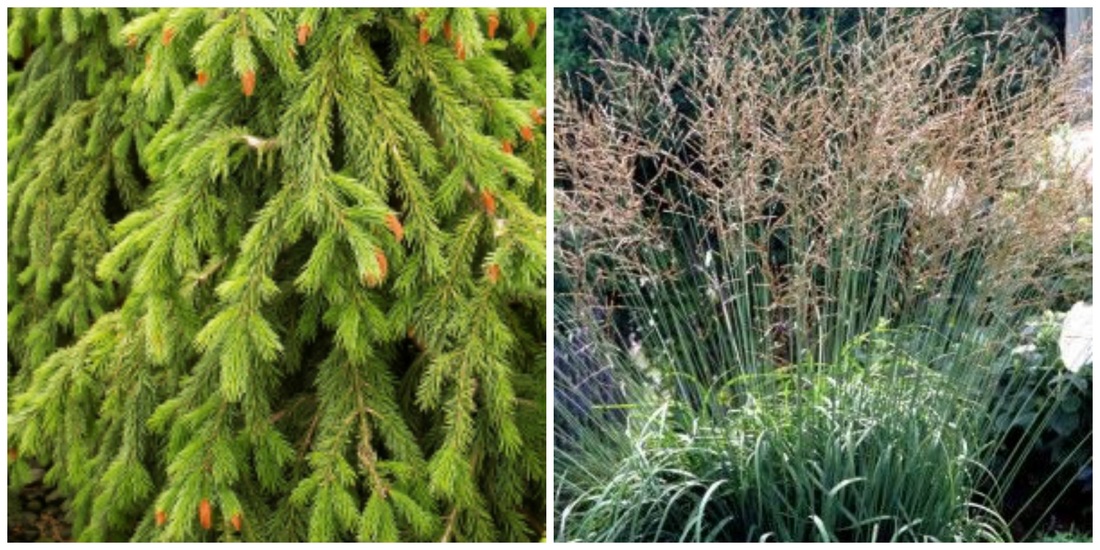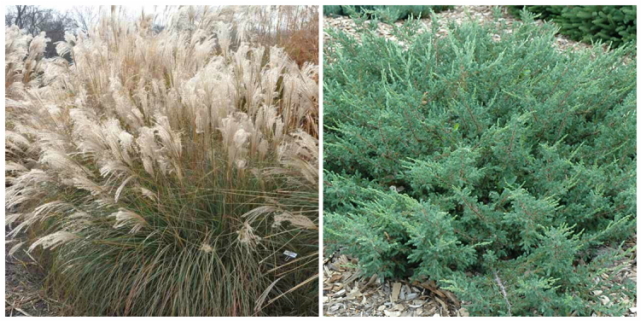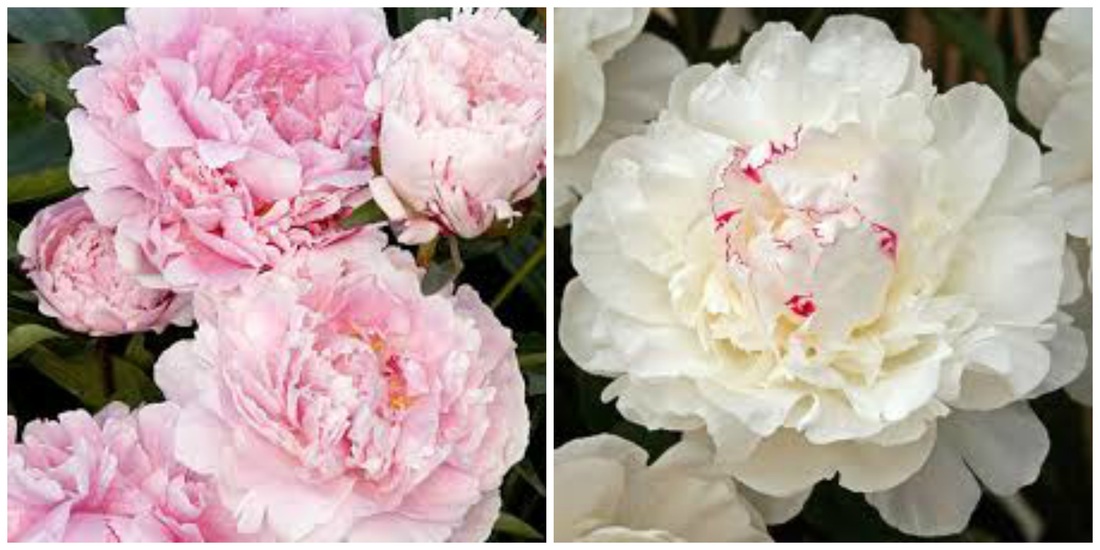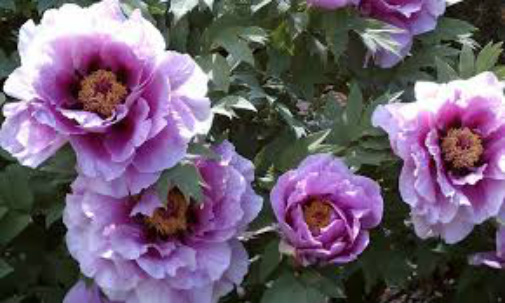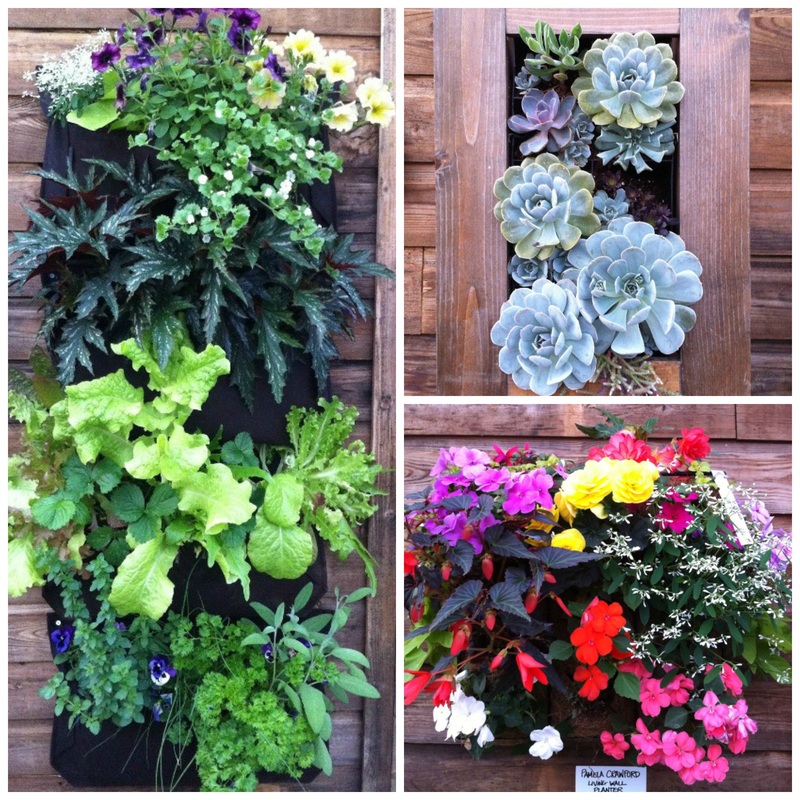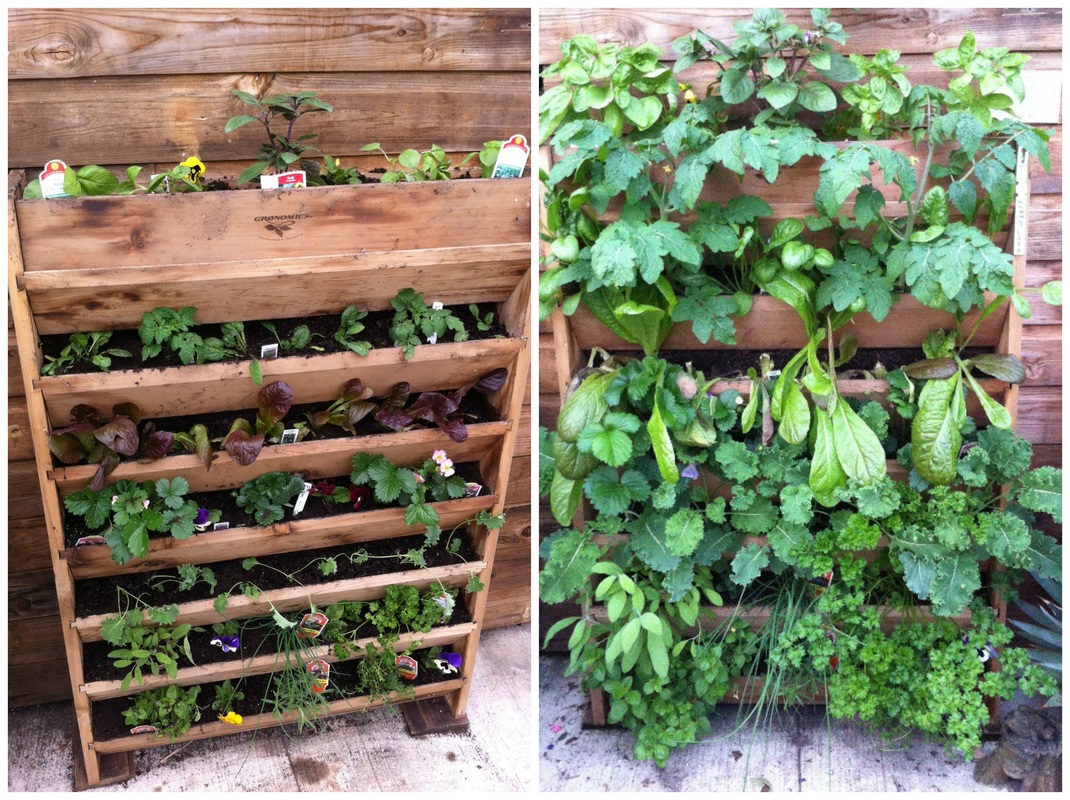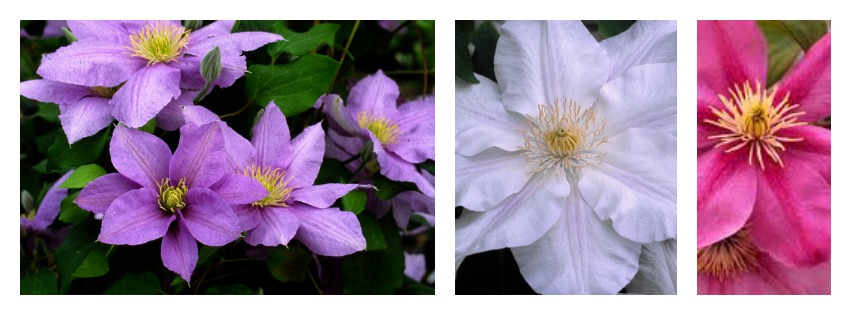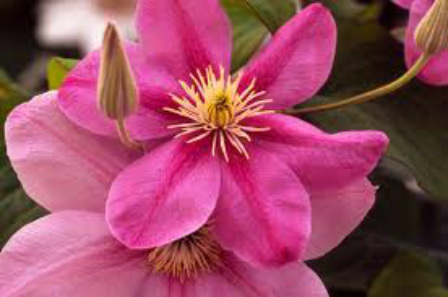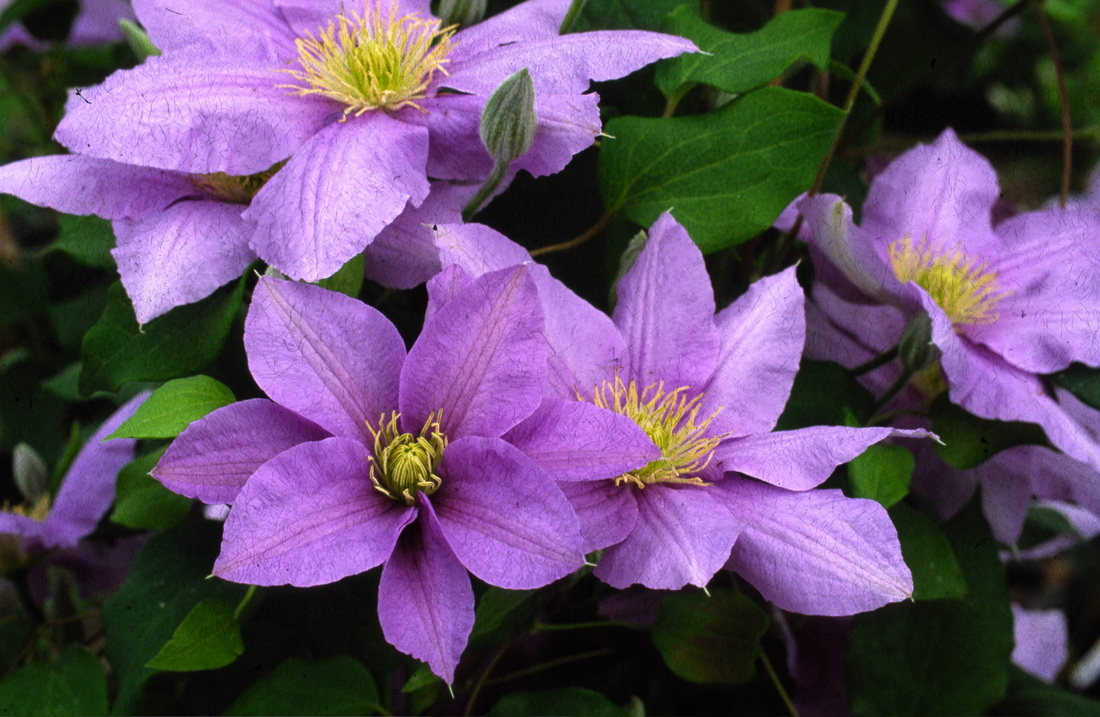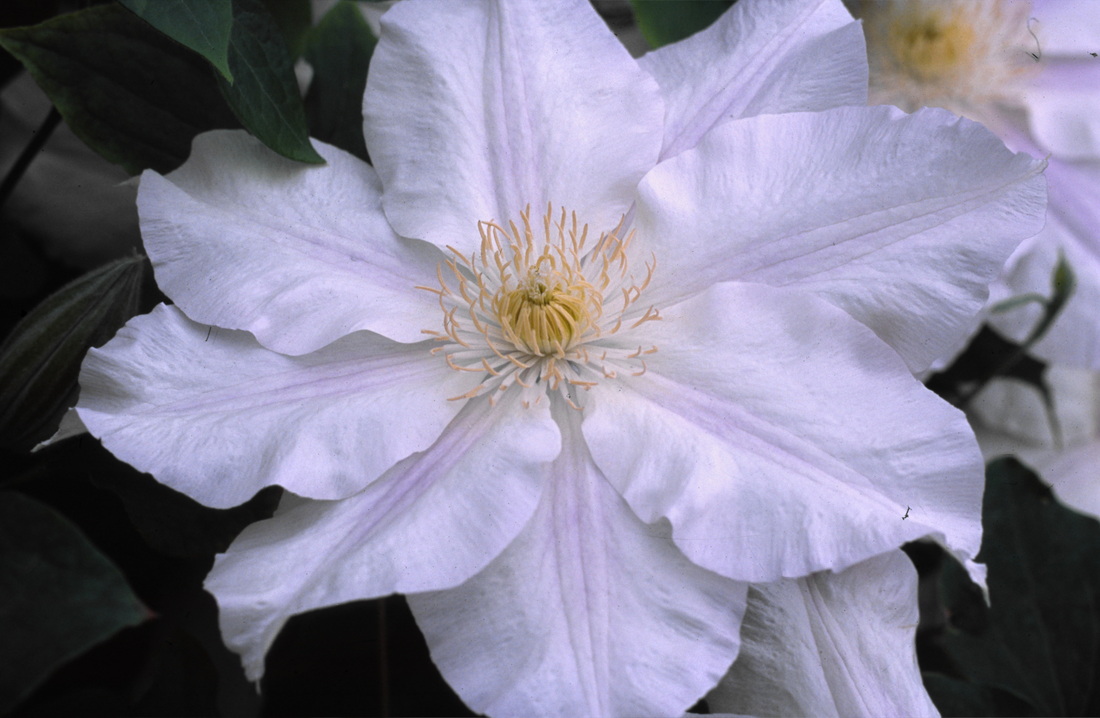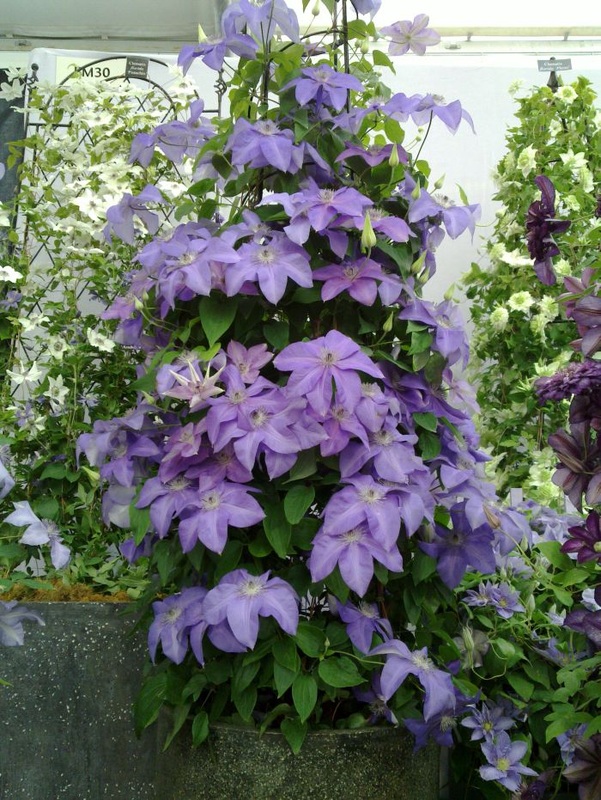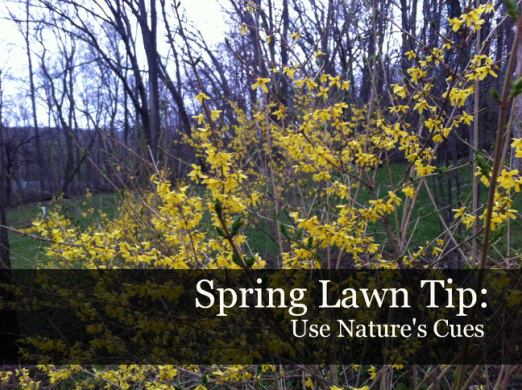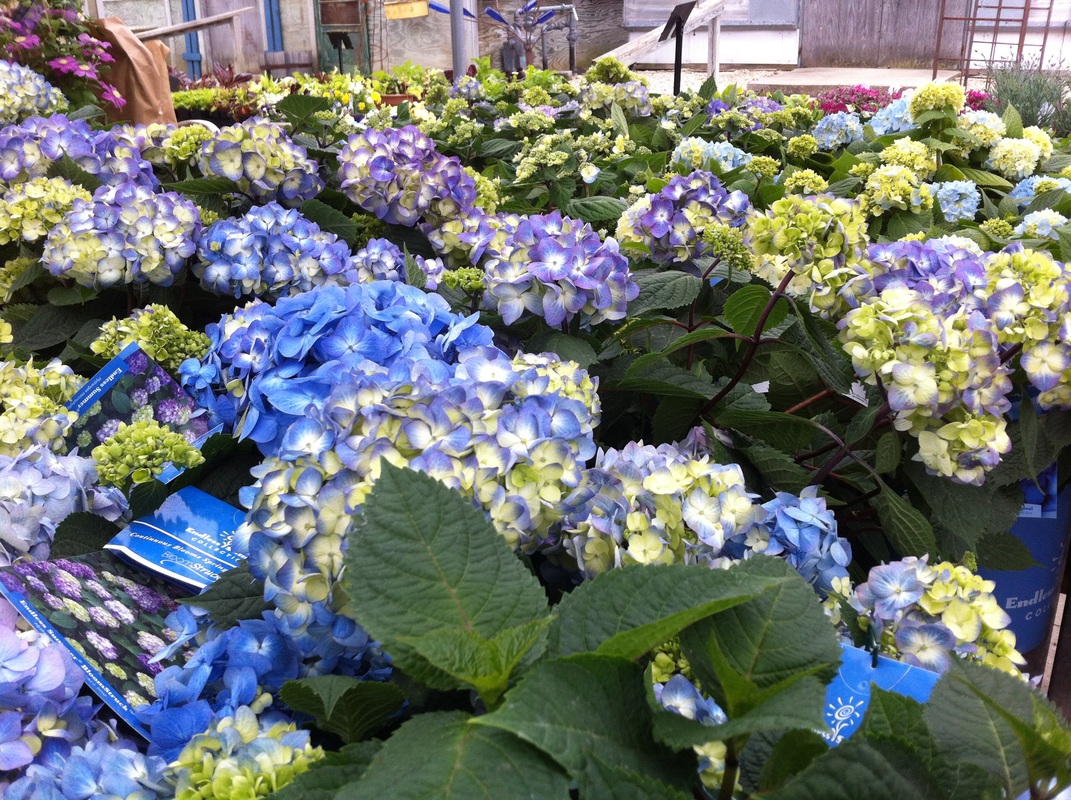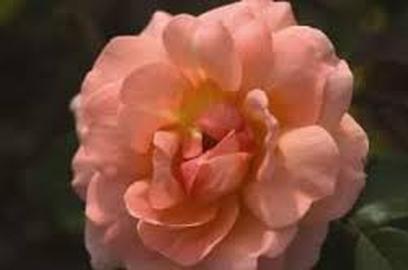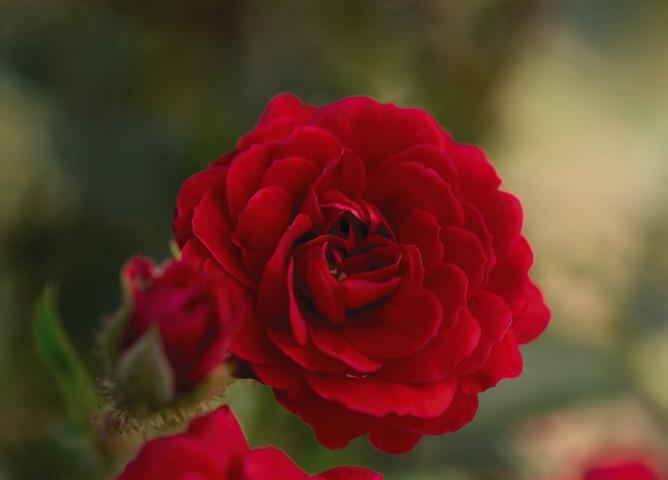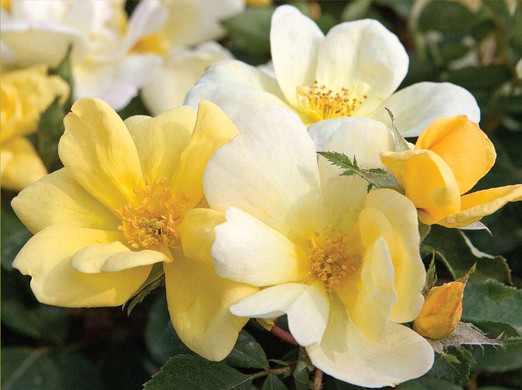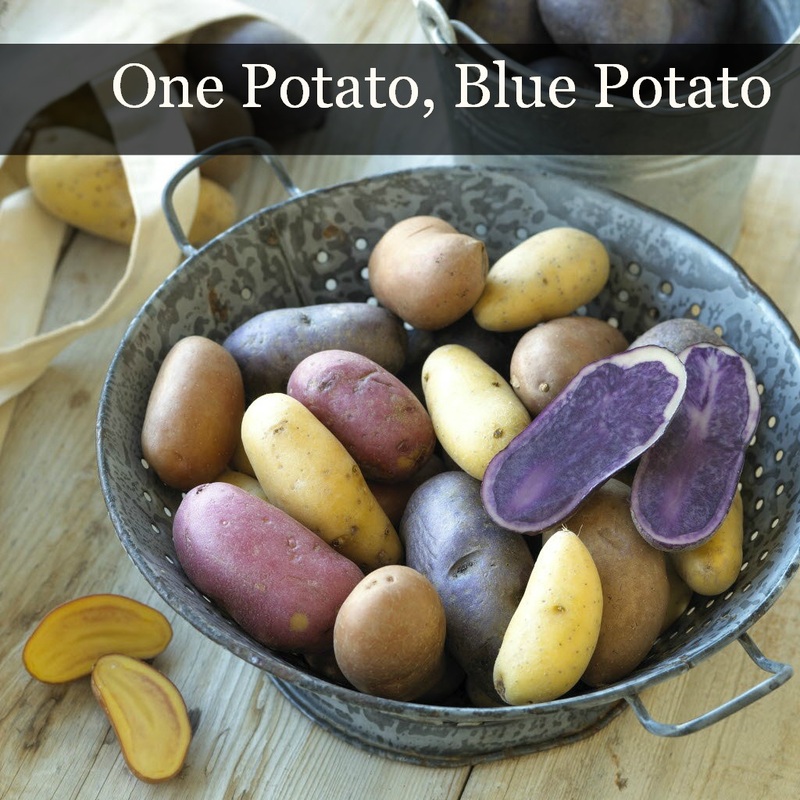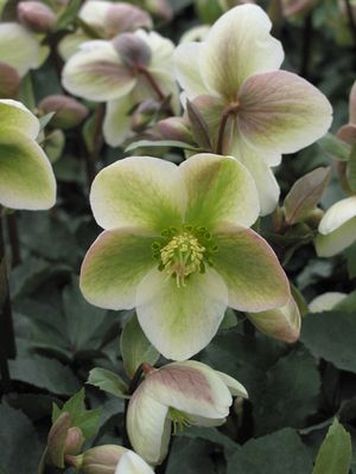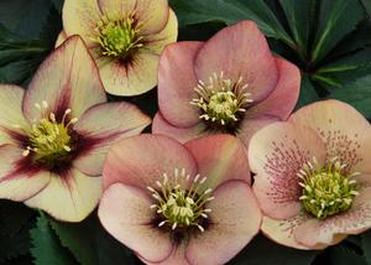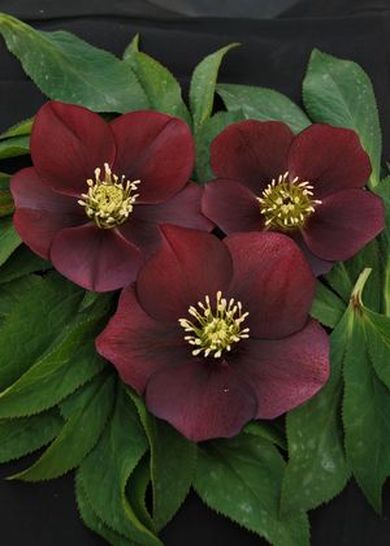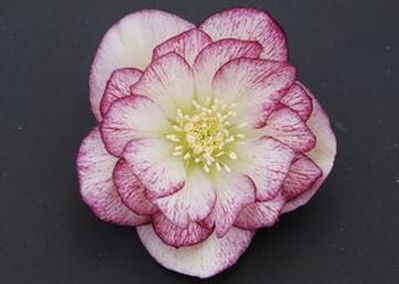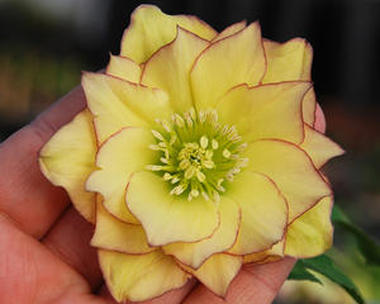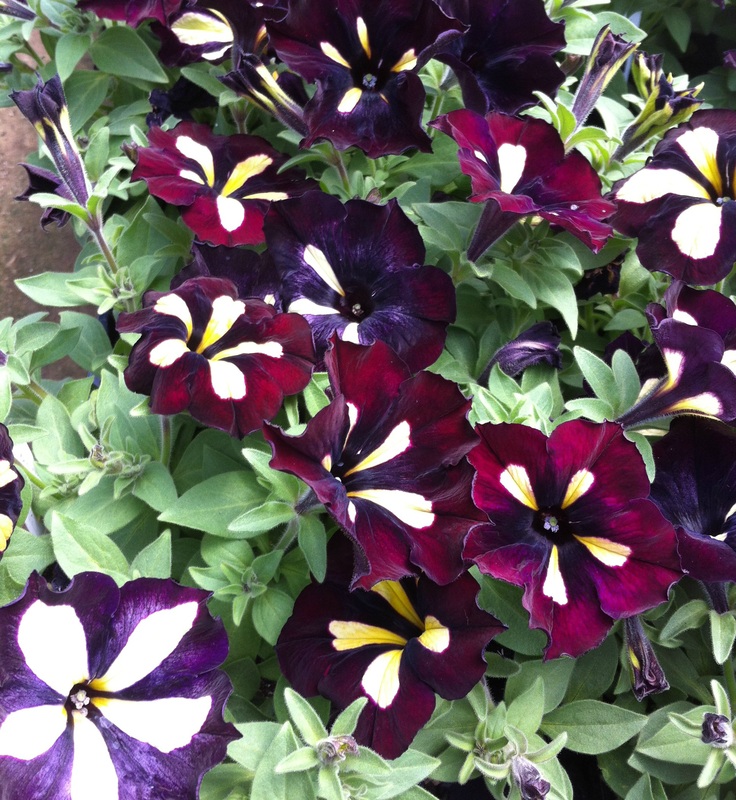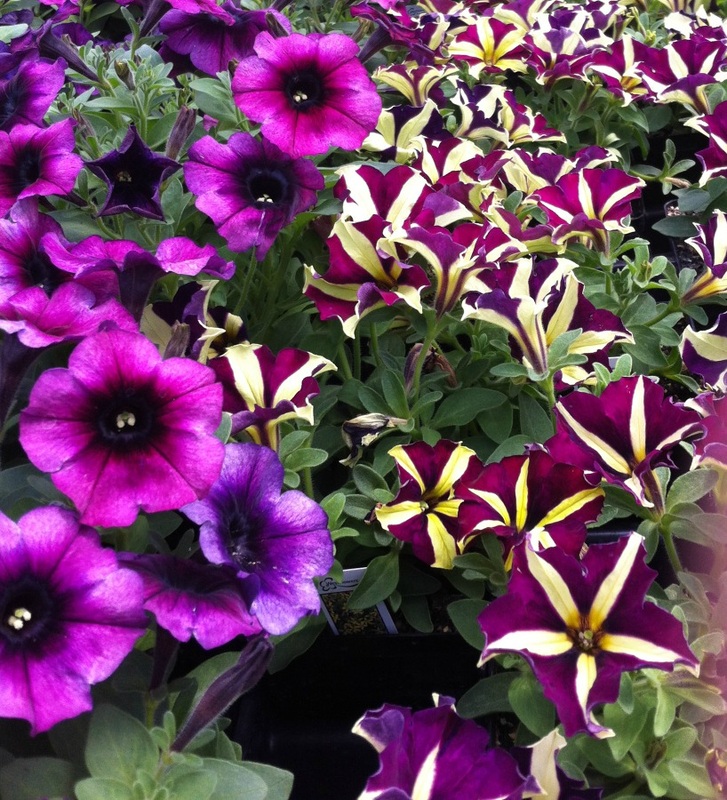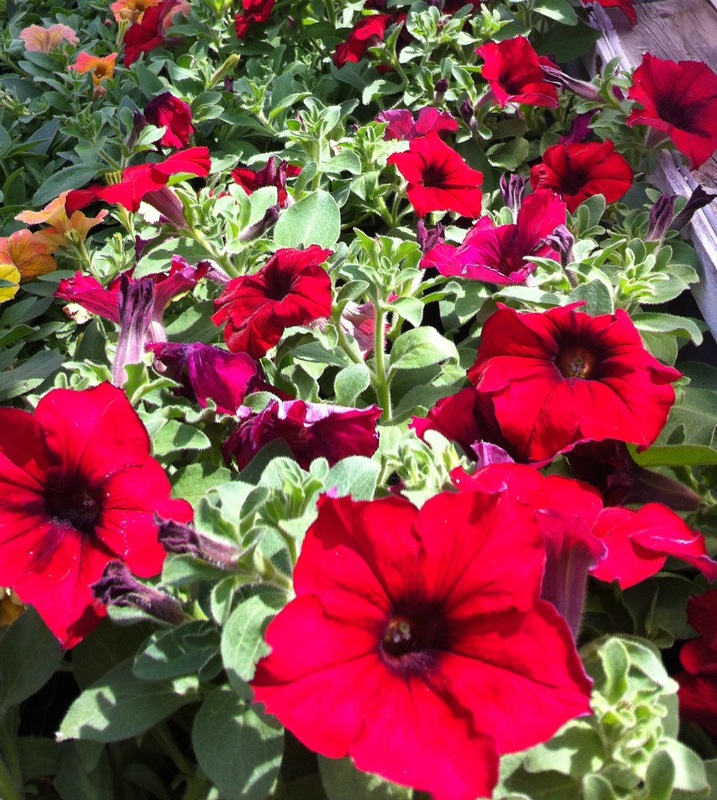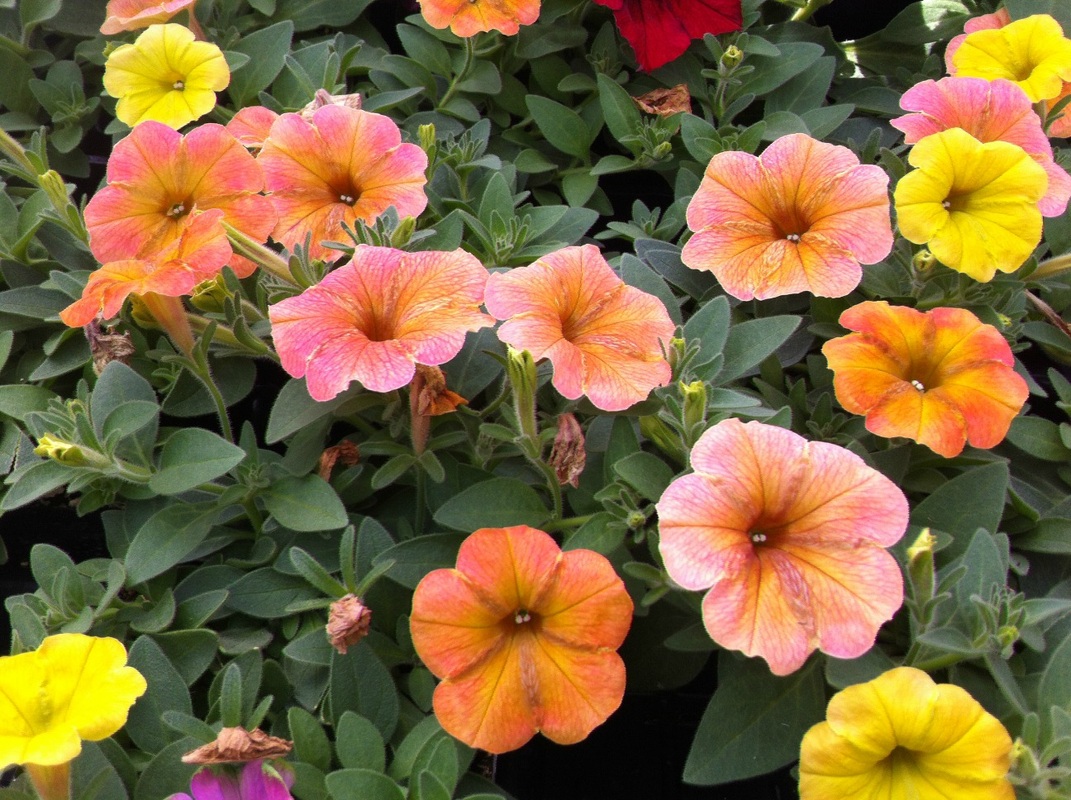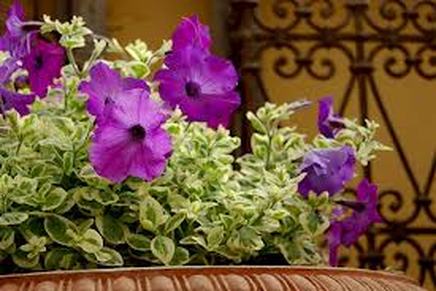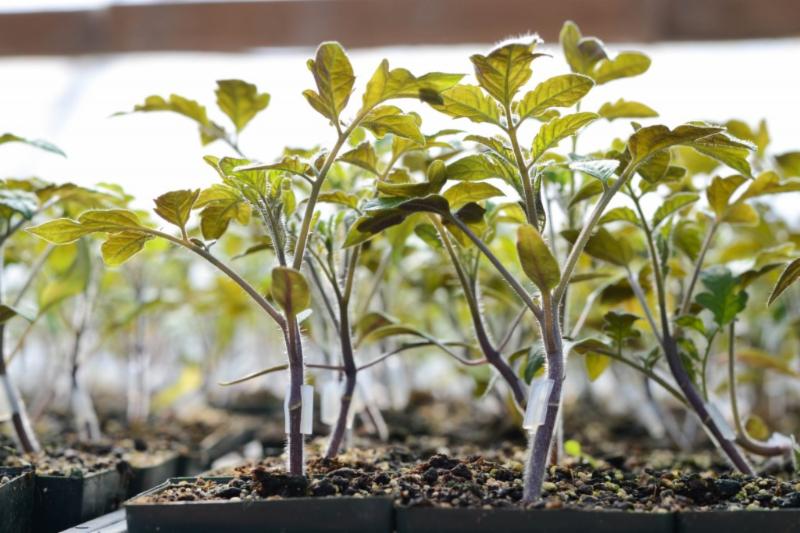|
Don't you just love befores and afters? Take a look at this 'before' photo: After talking with the homeowner, we came up with three options for that corner: White 'Bobo' hydrangeas, blue fescue grasses, and requested red geraniums create a patriotic garden surrounding the flagpole. * In this design, Japanese willow (Salix 'Hakuro Nishiki') takes center stage and softens the brick corner. * Three clumps of Feather Reed grass (Calamagrostis 'Karl Foerster') add movement and will provide a great look into the fall with 'Autumn Joy' sedum.
* This is an example of our NEW landscape design service's 'Quick Pic' option. If you are ready to spruce up your yard but not sure what to plant, we'd love to talk to you about the possibilities and design a plan for you to plant. Stop in or give us a call at 262.763.2153. Ask for Belinda or Tracy. Learn more here.
2 Comments
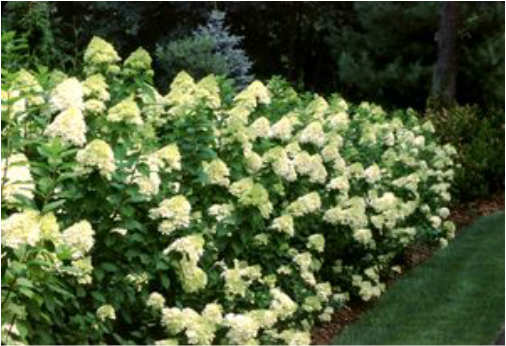 Limelight hydrangea hedge - photo source: www.soonerplantfarm.com Limelight hydrangea hedge - photo source: www.soonerplantfarm.com Need some privacy in your backyard, but aren't excited about utilizing the traditional privet, boxwood or arborvitae? Why not try planting a hydrangea hedge. There are two wonderful varieties of panicle hydrangeas (cone-shaped blooms) that reach 6'-8' x 6'-8' wide, making them ideal for a privacy hedge. Limelight hydrangea (Hydrangea paniculata 'Limelight') has green blooms on old wood that fade to pink and is adaptable to various soil types. The Quick Fire hydrangea (Hydrangea paniculata 'Quick Fire') has white blooms on new wood that transition to a deep pink, and is the first panicle hydrangea to bloom each summer. * Looking for some privacy for a patio or pool area? Why not try either a Tickled Pink hydrangea (Hydrangea paniculata 'HYPMAD II') or a White Diamonds hydrangea (Hydrangea paniculata 'HYPMAD I'). At 4'-5' x 5'-6' wide, both are the perfect height for this type of landscape application. The curved petals on the blooms of Tickled Pink start out white and change to pink for a lace-like appearance, while White Diamonds start out white and fade to a pale pink. Utilizing hydrangeas for privacy not only provides you with the necessary screening, but you also can enjoy cut flowers from mid-summer to fall. Leaving the blooms intact until spring also adds some "winter interest" to your landscape.
Remember this? This was Marty's garden a month ago in early June. This is Marty's garden now. Following are a few tips that you can use this month in your own garden: Lesson #1: Mulch! Using straw or dried grass clippings around your plants, especially tomatoes, will retain moisture, reduce weeds, and help prevent early blight. * Lesson #2: At planting time Marty used recycled nursery pots with no bottoms around her squashes and cucumbers to protect them from rabbits. She leaves them in place to make watering easier. * Lesson #3: Companion planting. Nasturtiums planted with cucumbers and squashes deters squash bugs and cucumber beetles. Add nasturtium leaves to salads for a peppery flavor. Plant sage with broccoli to repel cabbage moths. * Lesson #4: Stake tomato plants. She uses a variety of repurposed supports for her indeterminate tomato plants. Growing them in this way allows more light and good air flow for better fruiting.
* Watch for more tips next month. 7/2/2015 0 Comments Lily Daze of SummerIt's early July and lilies are at their finest. You can't walk by them in the garden without noticing them. These prima donnas demand attention. Following are the varieties we are excited about this year and have just arrived at BGC: 'Tiny Skyline' (shown above) is from the new Lily Looks series developed in the Netherlands. Bred for their small stature makes them perfect for growing in a container on the patio. These Asiatic lilies will bloom 2-4 weeks because of their high bud count. Plant in full sun/part shade in the front of the border. * Lily Looks 'Tiny Bee' is small in height (10-12") but it's flowers are big and beautiful. Blooms will last longer if planted in a spot that receives morning sun and afternoon shade. * Deep red flowers appear just in time for the celebration of our country's independence on Lilium 'American Revolution'. They stand tall and proud at 48" and seldom need staking. * Lilium 'Strawberry Vanilla Latte'. This lovely lady's claim to fame is that she is pollenless! At 24" tall, her double petals are a mix of strawberry and cream. * Wow! Gotta have one of these! The petals of this oriental lily, 'Distant Drum', are rose-pink, double, and can reach 7 inches in diameter. Grows to 30" in full sun and makes a great cut flower. * Two favorites, 'Casa Blanca' and 'Stargazer', round out our summer collection. Both are fragrant and are stunning in flower arrangements.
DESIGN TIP: Lilies certainly add drama to the garden, so use sparingly, scattering clusters of them through the beds like exclamation points. Plant other perennials in front of them to hide their foliage after blooming (it's not very becoming to look at). ANOTHER TIP: Lily blossoms will last longer if you remove the pollen anthers after the flowers open. * The best tips for growing vegetables come from other gardeners. Late last summer we visited a small vegetable garden here in Burlington tended by BGC staffer, Marty Baker. This tidy, small plot is well-designed to produce a lot in a small space. We asked Marty to share some tips to pass on to you. Marty's first tip is to put a fence around the garden to keep out the rabbits. Note that all these photos were taken on June 6, about 2 weeks ago. Plant broccoli early - as soon as it shows up at the garden center. Broccoli planted later in the spring tends to bolt sending up only small heads that quickly flower and go to seed. Our favorite tip she has to offer is to protect young plants from damaging winds and critters with black nursery pots with the bottoms cut out. She does this with tomatoes, peppers, broccoli, cucumbers, and squashes. What a great use for all those nursery pots! * Marty leaves the black pots around the cucumbers and squash all season. This will help her know where to water, reducing the amount of water on the foliage that can lead to powdery mildew, plus the water goes directly to the roots. Even young marigolds get temporary protection until they grow big enough to protect the garden.
Watch for more tips next week. 6/16/2015 1 Comment Deb's Perennial PicksIt's always interesting to see which plants appeal to our staff members. We asked BGC Greenhouse Manager, Deb Polansky, for a few of her perennial favorites. Always finding something a bit more unusual but lovely, she has gathered a collection of unique, underused plants that need to find a home in your garden. Calamintha nepeta 'White Cloud' is a long-blooming, drought resistant perennial. It is fragrant, attracts butterflies, and is rabbit resistant. Plant with coneflowers and Russian sage in full sun. * 'Lime Zinger' Sedum is from a new series called Sunsparkler. Lime green leaves are outlined in red growing 4-6" tall. Soft pink flowers add interest in the fall. This sun-lover makes a nice groundcover with one plant spreading 16-18 inches. * It's the dark purple stems that will catch your eye first in this Wisconsin-born perennial. Heliosis helianthoides 'Prairie Sunset' rises 3-5' tall and blooms in the sun early summer until frost. Also known as false sunflower and ox-eyed daisy, it makes a nice cut flower and attracts butterflies. Plant with ornamental grasses and Liatris spicata. * Of course we have to include a climber and Clematis 'Arabella' is quite the darling. Arabella is actually a non-climbing variety but grows 3-6' tall. It would look lovely sprawling over a retaining wall or within a 3D trellis. It grows well in part sun/part shade and pairs nicely with the chartreuse foliage of the Japanese Forest Grass (Hakonechloa macra 'Aurea'). * On to the shade garden. We'll start with Deb's fern picks: Lady in Red (Athyrium felix-femina), shown above, and Branford Beauty Painted fern (Athyrium). Both grow 3 feet tall and are actually half-sisters sharing one common parent. Branford Beauty has silver and purple foliage similar to a Japanese Painted Fern. Plant among hostas (like 'Dream Queen' below). * Hosta 'Dream Queen' has blue-green leaves with white and cream variegation. Grows 14-16" tall and 30-32" wide. It's white flowers attract hummingbirds in the fall. * All these royal ladies in the shade garden means there must be a prince nearby. Solomon's Seal 'Prince Charming' (Polygonatum) is a, well, charming companion growing 12 inches tall. It does well in full shade and full sun and is a selection by Brent Harvath, Intrinsic Perennial Gardens, located in Hebron, IL. Plant near a path to see it's fall golden foliage and dark purple berries. * We'll close out Deb's picks with a very unusual perennial: Gotemba Golden Japanese Spikenard (Aralia cordata). The zen-like, broad, chartreuse foliage quickly grows to 5 feet each year making quite a presence in the light shade garden. Sprays of white flowers appear in late summer followed by purplish black berries. 'Gotemba' was collected on a small island in the Japanese Sea by Plant Discoverer, Dan Hinkley. Only a couple of these unique Aralia remain here at BGC.
4/3/2015 0 Comments Petrichor and Hellebores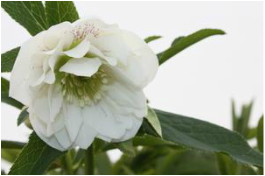 There's something wonderful about the first warm rain of the season. Stepping outside yesterday morning I smelled it right away - the smell of rain - petrichor. Petrichor, a greek word, is a pleasant smell that results from the first rain after a long dry spell. That earthy fragrance is actually an oily essence emitted from rocks or soils that have been kissed by airborne organic matter. The resulting perfume triggers emotions and perhaps even a little romance. "When decomposed organic material is blown airborne from dry soil," PBS' Joe Hanson explains, "it lands on dirt and rock where it's joined by minerals. And the whole mixture is cooked in this magical medley of molecules. Falling raindrops then send those chemicals airborne, right into your nostalgic nostrils." Watch his fun, informative video here. * That first spring rain coaxes life from the earth, and it compels me to forage on. Crocuses blooming in yellows and purples, grasses beginning to green, daffodils and perennials emerging from their sleep. I move aside a few leaves and am greeted with the early buds of a hellebore like the ones shown above freshly captured by our greenhouse manager, Debbie Polansky. Hellebores, known commonly as Lenten Rose, are happiest in the shade, in a woodland garden, and thankfully the deer don't have a fondness for them like I do. My penchant for these delicate roses of spring continues to grow, as does my collection. This year I have my eye on a couple new varieties that we'll be carrying here at BGC, both from the Winter Thriller series: 'Wedding Ruffles' is a pure white double. 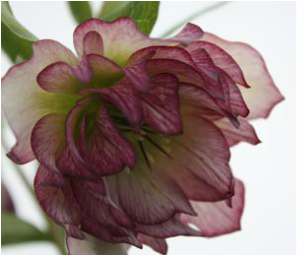 And 'Peppermint Ruffles' - those double pink petals - can you say gorgeous? Ahh, Spring
and sweet, lovely hellebores Every year, I fall in love with them all over again. Maybe its the rain :) - Tracy Hankwitz BGC Store Manager images from Hoffie Nursery 3/19/2015 0 Comments What the Kale?So we should know by now that kale is a super food, right?. It's good for us. It's loaded with antioxidants, iron, calcium, and vitamin C. Kale is kale is kale, right? Of course it isn't!
There is dwarf blue curled, Portuguese, scarlet, Italian lacinato, triple-curled Dutch Darkibor, Dinosaur, Black Magic, and Tuscan Baby Kale. And those are just the ones we have at BGC this year! There are more! Kale has a distinct flavor and texture. If you can't get past the roughness of the curled-leaf varieties, try the Tuscan Baby Leaf kale. It's tender, sweet, and has a much more mild flavor than other kales. I have found two ways that I enjoy eating this leafy green: one is in a smoothie blended with frozen berries, a banana, and water - even my kids eat it this way! The second is in this recipe. It's super easy and has really great flavor. Shredded Tuscan Kale, Tomato and Avocado Salad from Fresh & Fast Vegetarian by Marie Simmons 1 small bunch Tuscan (lacinato) kale, washed and dried 2 tbsp. fresh lime juice 1 tbsp. extra-virgin olive oil 1/2 tsp. salt 1 avocado, peeled and diced 1 ripe tomato, diced 1/2 c. diced red onion 1 tsp. finely chopped seeded jalapeno pepper 1 small garlic clove 1 tbsp. lime juice 1 tbsp. extra-virgin olive oil 1/2 tsp. course salt 1. To prepare the kale, cut along both sides of the stem of each leaf. Discard the stems. Gather a bunch of the long kale leaves together and slice into thin crosswise slices. You should have 4 to 6 cups lightly packed. 2. Combine the kale, lime juice, oil and salt in a large bowl. Rub the ingredients together with your hands (as though giving the kale a massage) until the leaves wilt, 1 to 2 minutes. Set aside. 3. To make the salsa: Combine the avocado, tomato, red onion, jalapeno, garlic, lime juice, oil and salt and stir to blend. 4. Add the salsa to the kale and toss to combine. Serve at room temperature. How do you eat your kale? -Tracy Hankwitz Burlington Garden Center 2/18/2015 0 Comments Tracking Hummingbirds and OriolesAs you look outside and view a foot or more of snow on the ground, it seems impossible that spring will actually arrive next month. However, the promise of spring is right around the corner, and it is not too early to start thinking of attracting hummingbirds and orioles to your backyard. Starting in March, the ruby-throated hummingbirds begin to make their way north again from Mexico and Central America. You can follow their migration progress with weekly updates posted on Journey North at http://www.learner.org/jnorth/ or on their Facebook page. This site also tracks the migration of other bird and animal species, including orioles, common loons, gray whales and monarch butterflies. They also monitor and provide seasonal data on tulips and “ice out” on northern lakes. So even if the landscape is still looking bleak in your neck of the woods, you can log on to Journey North and see what is happening in other parts of the country. Timing is one of the most important aspects to successfully attracting hummingbirds and orioles each spring. Following their progression will help you be better prepared with the appropriate food and feeders when they start “winging” their way to your neighborhood.
For additional information on attracting hummingbirds and orioles, join me as I host a seminar on Saturday, February 21st at 10:00am at Burlington Garden Center. RSVP at 262.763.2153 or send an email to: [email protected]. - Belinda Abendschein (You can follow Belinda on her personal birding blog here.) 2/12/2015 13 Comments Garden Tour: A Collector's GardenIt started with an invitation to see her dahlias. What I discovered was a beautiful garden that reflected the soul of its owner. Come with me as we tour the autumn garden of Sandra Hopkinson located on the wooded outskirts of Burlington, WI. Sandra is a huge Beverly Sills fan. This statue takes center stage when the surrounding 'Beverly Sills' iris are in bloom. Her husband even fashioned musical notes into the gate in the background. It's about this time of year that we need something to get us through the rest of winter. Looking through seed catalogs dreaming of the approaching growing season helps, but what if you want to grow something NOW? Forcing spring bulbs is an easy cure for that gardening itch. It's especially simple to coax hyacinth's fragrant blossoms to make an early appearance. These hyacinth bulbs have been chilled and are ready for forcing. Choose your vessel. Hyacinths can be forced in water, so choose a vessel that has no drainage. We love the versatility of these Weck canning jars. Each will hold 3 hyacinth bulbs. You'll need small stones and preserved reindeer moss. Begin with a layer of small stones. Place bulbs on top of the stones. Tuck bright green reindeer moss between the bulbs for spring color. Add enough water to touch the bottom of the bulbs to encourage root growth. Check water level daily. Place in a warm bright spot and watch them grow!
12/11/2014 1 Comment Potting AmaryllisThis Christmas give a growing gift. Amaryllis bulbs are easy to pot and care for. They seem to grow daily as they send up flower talks that burst into several trumpet-like blossoms. Begin by soaking the roots in warm water for 30 minutes. Choose a pot that is slightly larger than the bulb. We used a 6" pot. A coffee filter placed over the drainage hole will hold soil but allow water to drain. Fill the pot half way with potting soil. We used Baccto Lite. Place the bulb on top of the soil. More soil may need to be added so the top of the bulb is slightly higher than the top of the pot. Fill soil in around the bulb up to it's shoulders. Water it in. Add decorative moss and pine cones for holiday flair. As the flower stalks grow, they may need help staying upright. We added curly willow branches for stylish support. Place in a bright warm spot. Water as needed to keep soil moist. You'll have beautiful blossoms in 6-10 weeks.
10/29/2014 0 Comments Beauty SeekerThe last days of October the last days of Autumn slipping by too quickly I decided to go for a walk today and seek the beauty that still remains, and capture glorious colors of the season Take a walk before fall slips away
Seek beauty Capture it Share it! We'd love to see what you find. - Tracy Hankwitz BGC Store Manager 8/22/2014 1 Comment Design Tip: Burgundy BluesBurgundy foliage in the garden can be used most effectively when paired with the right hues. First, be mindful of your backdrop. Dark leaves don't show up on dark backgrounds. They just don't, so don't put them there. If you have a dark-red brick house, don't plant a ninebark against it. The burgundy leaves of the ninebark will show off much better against white or gray. My favorite way to use burgundy foliage is to pair it with blue - blue hostas in shade, blue grasses and blue evergreens in sunny spots. Below left is 'Little Devil' Ninebark (Physocarpus opifolius) and 'Shining Sensation' Weigela (right) with 'Prairie Sky' switchgrass (Panicum virgatum) in the middle' and 'Northwind' switchgrass. (shown in next collage). Add the blush flower heads of Hydrangea 'Quick Fire' or 'Limelight' (center), and the blue-green needles of a Juniper (left) and you have the perfect recipe for a sunny, low-maintenance shrub border. - Tracy Hankwitz, BGC Store Manager
8/14/2014 0 Comments Design Tip: Blades and NeedlesNot the blades and needles that first may come to mind. I am talking about the soft, arching blades of ornamental grasses paired with the stiff, rough texture of evergreen needles. It's a simple, winning combination and low-maintenance, too. Let me introduce you to a couple of my favorite combos: Wells' Weeper Spruce (Picea glauca) & Molinia 'Skyracer' (shown above) These photos just don't do this duo justice. They really look smashing together. Wells' Weeper Spruce is a Black Spruce variety. It's graceful weeping habit makes a blue-green backdrop to showcase the wispy, see-through stems of 'Skyracer' Molinia. Monrovia describes 'Skyracer' best: "Abundant spikes of tiny purplish flowers rise well above the foliage clumps, giving a shimmering effect when back-lit by the sun. Golden hued fall foliage is enhanced by the tall plumes of coppery bronze seed heads." This grass is a well-behaved, must-have for the garden! Add color with Autumn Joy Sedum for a stunning fall display. Wells' Weeper needs some room for it's mature height of 20'. 'Skyracer' visually balances it with it's flowering height of 6-8'. * A low-growing combination that I like to use is Miscanthus sinensis 'Adagio' and Alpine Carpet Juniper (shown above). The fine texture of this fountain-like grass compliments the rough, course texture of this short-needled Juniper. Add an interesting boulder to complete the look. 'Adagio' grows 3-4' and Alpine Carpet covers the ground growing 8"x3'.
* - Tracy Hankwitz Horticulturist & BGC Store Manager What words come to mind when you see peonies in bloom? Lovely, charming, romantic? Often these old-fashioned favorites stir up memories of days from our youth. Let us introduce you to a few new varieties that would make a welcome addition to any garden. * Let's begin with two stand-bys in our perennial house: Sarah Bernhardt and Festiva Maxima (shown above) -both herbacious varieties (Paeonia x lactiflora) with fully double blossoms. Sarah's fragrant pink blossoms have been gracing gardens and vases for 100+ years! She's a classic. The white blossoms of 'Festiva Maxima' are another fragrant peony enjoyed by several generations of gardeners. * For something a bit more unusual, try your hand at tree peonies (Paeonia suffruticosa). Like the name suggests, they have a woody stem, huge flowers, and can grow to 5 feet. Tree peonies are hardy in Wisconsin and a mature specimen can have up to 80 flowers. According to peony breeder, Roy Klehm, they can also do well in partial shade. We are offering "Lavender' Tree Peony this season (shown above). One look at the blossoms and you'll be charmed. * Now put the two together (herbacious and tree peonies) and you get an ITOH peony or intersectional hybrids. Named after the breeder Toichi Itoh, these peonies grow to 3 feet, require no staking, have disease-free foliage and up to 50 gorgeous blossoms on a single plant! Itoh peonies can be a bit pricey, but their luxurious blooms and spicy fragrance are well worth it. This year we have the following Itohs (shown above):
Bartzella - Very large, bright yellow double blossoms with a lemony scent. Keiko (which means Adored) - dark lavender pink petals slowly fade to a soft pink, revealing a cluster of yellow stamens in its center. Like other Itoh peonies, 'Keiko' will die back to the ground after the fall frost. Old Rose Dandy - a cross, with both P. lutea and P. suffoticosa, is a robust grower with glossy dark green foliage on a medium size, rounded bush (2 1/2 tall). Flowers are single form in a shade of copper apricot that lightens to a yellow beige as they age. * Peonies flower best in full sun and make wonderful cut flowers. They rarely need to be divided but if necessary, it's best to do it in the fall. * And what about those ants? Ants are attracted to the sweet nector produced by the peony buds. They won't harm the flowers! Once the flowers open, the ants are gone. 5/9/2014 3 Comments Vertical GardeningThere are plenty of ways to garden in a small space: grow in containers, choose compact varieties, and grow up with trellises and obelisks. Let's not neglect the most obvious vertical space - walls! Below are a few options that we are offering at BGC this year: Plant in a pocket (above left). Woolly Pockets are made of recycled materials, can be used indoors and outdoors. They are great for herbs, salad greens, strawberries, and annuals. The framed succulents are planted in a self-contained watering system from Bright Green designed for indoor use as well as outdoors. Available in stained walnut or paintable frame. The planter with colorful annuals is a Pamela Crawford Vertical Garden. Easy to mount and easy to plant. It works well with annuals and herbs. This vertical garden from Gronomics is a true space saver. It's made from rot-resistant cedar and comes with a drip-irrigation system. We planted it with salad greens, herbs, pansies, and even tomatoes! The photo on the right was taken one month after planting. It's time to harvest!
* All of the vertical garden systems are easily mounted on a wall. An old door would work well, too. 5/8/2014 2 Comments Clematis for ContainersBig, bold, and lovely. Those words describe the clematis from the Raymond Evison Clematis collection. Add to that: long-blooming and partial shade lovers. Mr. Evison has spent more than 50 years breeding the world's best clematis and has introduced more than 100 cultivars. His most recent introductions have been compact and suitable for containers (pots with 18" diameter are a good size). Following are a few that we are proud to carry this season: 'Alaina' has deep, creamy pink flowers, grows to 4 feet, and blooms in late spring and again in late summer. Flowers will last longer in a shady afternoon location. * 'Cezanne' is a blue flowering variety that grows 3-4' tall and likes a partially shady spot. * Superb repeat flowering performance and lovely violet blossoms with red centers make 'Parisienne' a must have. Another compact one great for containers, it will bloom from early to late summer. * 'Ice Blue' has dramatic large flowers May-June and again in late summer. Grows to 6' and is ideal for east, west, and north facing locations. * 'Shimmer' rounds out our collection with it's 7" deep lilac-blue flowers. Plant this long-blooming perennial to grow on pergolas or trellis with roses. Grows 6-8 feet.
All of these clematis are easy to prune - just cut back to 12 inches in the spring. Plant them deep with annuals or perennials planted at their feet. * Why not start your own collection of Ray Evison Clematis this spring? 5/2/2014 0 Comments Spring Lawn TipsThis spring we need to clue into nature's cues instead of our calendar of 'normal'. One of the easiest to remember has to do with the forsythia shown above. When the forsythia begins to drop is yellow flowers, the soil temperature is just right for dormant crabgrass seed to germinate. This is your cue to apply a crabgrass control product - one without fertilizer is best. Wait until the end of May to fertilize your lawn.
If you intend to reseed your lawn, do NOT apply a crabgrass preventer unless you are willing to wait until fall to sow. * Other cues from nature: When the crabapple trees are blooming, put out your oriole feeders. When the lilacs bloom, the hummingbirds will be here looking for their favorite feeding spots. * Seeding your lawn? Here are tips from our friends at Heritage Seed Company: Renovating- if your lawn is more than 50% weeds and dead grass, it is best to eliminate all living matter by using a non-selective herbicide such as KillzAll. Overseeding- if your lawn is less than 50% dead grass and weeds and your existing lawn is thin: 1. Remove all excess debris and assess your lawn identifying spots that need reseeding. 2. If soil is compacted or has a half inch or more of thatch buildup, core aerate area to break up the thatch layer and to loosen the soil so the roots can better absorb moisture and nutrients. The cores should be 2-3 inches deep and 3 inches apart. Aerators are available at many hardware, garden centers and rental stores. 3. For overseeding, plant grass seed with a slit seeder 1/8 inch deep. Seed to soil contact is very important for success. Do not plant seed more than 1/4 inch deep. 4. When seeding bare spots, loosen soil to 1/2 inch with a rake, spread seed and gently rake seed into the soil. Cover with straw or pelletized mulch on sloped areas. The earlier in spring you reseed the area, the better jump you will get on weed growth. 5. New seeding of large areas, will have best results by planting your lawnseed at half the rate each in a north/south then an east/west direction. This will give you a uniform blanket of grass. 6. Apply a starter fertilizer at the rate of 3-4 lbs/1000 Sq. Ft. 7. Apply irrigation daily so the top ½ inch of soil stays moist until the area is mowed one time. Minimum of 4 weeks of daily irrigation to allow Kentucky Bluegrass to germinate. When the area is mowed once, irrigation should be applied less frequently at higher rates to get the root system to grow deeper. 8. Begin mowing once the first seedlings reach a height of 2 to 2 ½ inches to allow light to reach the slower germinating species. When overseeding, continue to mow the existing lawn at 2 to 2 ½ inches. After 6 weeks, raise mowing height to 2 ½ to 3 inches. Never mow more than 1/3 of the leaf blade in a mowing. *Mower blades should be freshly sharpened every spring to prevent tearing and ripping out of the ground of new seedlings by dull mower blades. 9. Never apply crabgrass or broadleaf weed control products to newly seeded or reseeded areas until they have been mowed at least three times. 5/2/2014 2 Comments Mother's Day Bud 'n BloomsMother's Day (May 11) is just around the corner and fortunately, so are these gorgeous hydrangeas with their lovely blue hues. It's Bloomstruck, the new hydrangea in the Endless Summer series. Bred by Dr. Michael Dirr, this reblooming hydrangea macrophylla lives up to its promise of endless blooms. It blooms on old and new wood, grows 3-4' tall, 4-5' wide, and has great disease resistance. Like other big leaf hydrangeas, it prefers a spot with afternoon shade. Bloomstruck's flowers can be pink, purple or blue, depending on the soil pH. To keep that fabulous blue color, add aluminum sulfate to the soil. * Other bud 'n bloom gifts for mom here at BGC: 'Sweet Fragrance' Easy Elegance Rose has the buds of a hybrid tea that open to a swirl of apricot petals and intoxicating fragrance. * 'Paint the Town' Easy Elegance rose is everblooming with clusters of double-petaled blossoms. It's spreading and mounding habit make it suitable for landscapes as well as in containers. * 'Sunny Knockout' Rose has bright yellow flowers that age to a pastel cream. It's the only Knockout rose that is fragrant. Blooms all summer and grows 3-4' tall, 3-4' wide.
* photos courtesy of Bailey and Willoway Nurseries 4/30/2014 1 Comment One Potato, Blue PotatoOrganic fingerling seed potatoes have just arrived! Grown without any chemicals to prohibit sprouting so many do have sprouts. According to the grower, if you break sprouts off, it will take longer for the vines to emerge and the number of vines will increase which results in a smaller sized potato. Who knew?!
More great growing tips: * Leave at least two eyes on each seed potato. * If cutting them, let them heal for a day before planting. * Dust seed potatoes with sulfur to prevent fungus and diseases. * Add humus or compost to the soil before planting which adds organic matter and nutrients. * Potatoes grow best when soil pH is 5.2-6.8. They also respond to calcium, so adding gypsum to the planting hole is recommended. * Potatoes can rot if the soil is too cold. The ideal soil temp for planting is 55-70 degrees. * To plant, dig a trench 6-8" deep; space seed potatoes 12" apart; cover with 3-4" of soil. * Hilling: when the plants are about 8" high, cover them about half way with soil or straw. Repeat in about 2 weeks and again in another 2 weeks. This loose medium is where the tubers will develop. * Fertilize using fish emulsion as a foliar spray every two weeks until they flower. * Harvest when the greens are brown or killed by a heavy frost. Waiting this long will result in bigger and better tasting potatoes. Blue Potatoes 'All Blue' is a fingerling that has deep blue skin and blue flesh - it really is all blue! It has a rich taste. Keep them blue by not over-cooking and add vinegar to the water. Stop in and see all our varieties of fingerling potatoes. Recipes Feeding Your Family is a blog by a Wisconsin family and features delicious recipes for fingerling potatoes. 4/25/2014 3 Comments A Spring Beauty: HelleboreHellebores, also known as Lenten Roses, are one of the first perennials to bloom in the spring. They are deer resistant and drought tolerant and prefer a part-shade location. Hellebores, like the 'Ivory Prince' above, look lovely with several varieties planted together under a tree or at the edge of the woods. Other good companions include Lungwort (Pulmonaria), Bugleweed (Ajuga reptans), and hostas. * In addition to 'Ivory Prince', we are offering the following Hellebore varieties: The blossoms of 'Mango Magic' are a unique qpricot color often having spotted petals. * 'Red Racer' has dramatic 5-inch flowers that look good with Ghost fern, Sweet Woodruff, and Moneywort. * 'Peppermint Ruffles' features 3-inch, double-petaled blossoms. It is a vigorous bloomer and has strong stems. * 'Sunshine Ruffles' is a knockout with its double yellow, 3-inch blossoms that can last from March until June.
* Hellebores may not bloom the first year in your garden. Be patient! They are long-blooming and long-lived perennials - a spring beauty well worth the investment. * All photos courtesy of Hoffienursery.com. 4/25/2014 1 Comment Crazy 'bout CrazytuniasJust when you had fallen in love with 'Pretty Much Picasso' and 'Black Velvet' petunias, these new varieties in our greenhouses will charm and woo you into taking them home with you. No wonder - they come from a new series of vegetative petunias called 'Crazytunia'. Their mounding and slightly trailing habits do well in hanging baskets and mixed containers. They prefer full sun, a steady diet of fertilizer, and don't like to be too wet. Their vegetative nature means no deadheading and more blossoms. We know you'll be as crazy about them as we are. 'Star Jubiliee' * 'Twilight Red' & 'Knight Rider' * 'Mandeville' (above) actually has a hint of yellow on the edges. * 'Indian Summer' starts out yellow then evolves into all those lovely hues of orange and pink. * 'Glamouflage Grape' Petunia is from the Hort Couture collection. It wows and dazzles with its unusual variegated foliage.
4/24/2014 0 Comments Grafted TomatoesThere's something new in the world of tomatoes - something big that we haven't seen since the 20's and 30's when tomato hybridizing began. Grafted tomatoes have roused the interest of many gardeners. The Europeans have been grafting tomatoes for decades, but it's relatively new to American gardeners.
What is a grafted tomato and what makes it better? It's two plants fused together to make one better plant. Many of our favorite heirloom varieties, like Brandywine, are not very disease resistant and fruit later in the season. By grafting Brandywine to the root stock of a hardier variety, they now are more disease resistant. This can be a huge benefit for those gardeners short on space and can't rotate their crops. Grafted tomatoes also fruit earlier and longer into the season, and offer higher production rates (up to 50% more). Their extensive root system, makes the plants more drought tolerant but may not perform their best when grown in a container. Planting tips: 1. When planting, keep the graft above the soil level. This is the most important thing to remember. Typically we plant tomato seedlings deeply to encourage a strong root and support system. That's not necessary with grafted tomatoes. The roots of the root stock can spread to over 6 feet! 2. Actively prune it throughout the season. These plants are vigorous and grow quickly. Keeping it pruned will send more energy to fruit production. 3. Cage it or stake it to keep it off the ground. Don't let the bushy plants ramble all over the ground as the vines will root in and ruin the effectiveness of the root stock. 4. Remove any suckers that might form below the graft or roots that appear above the graft. We are offering the following grafted varieties this season: Big Beef, Brandywine, Early Girl, Mortgage Lifter, San Marzano, and Sun Sugar Cherry. |
|
|
STORE INFO
5205 Mormon Road Burlington, WI 53105 262.763.2153 |

